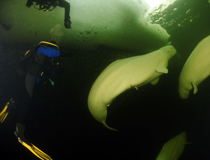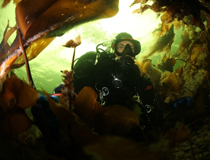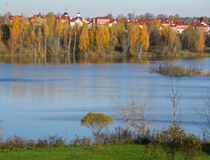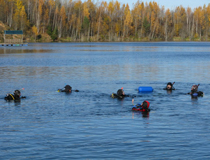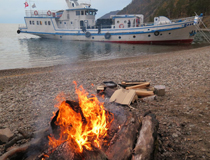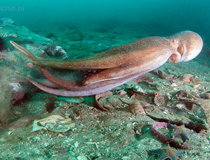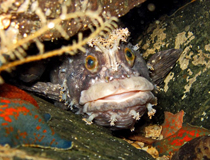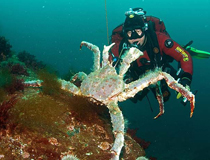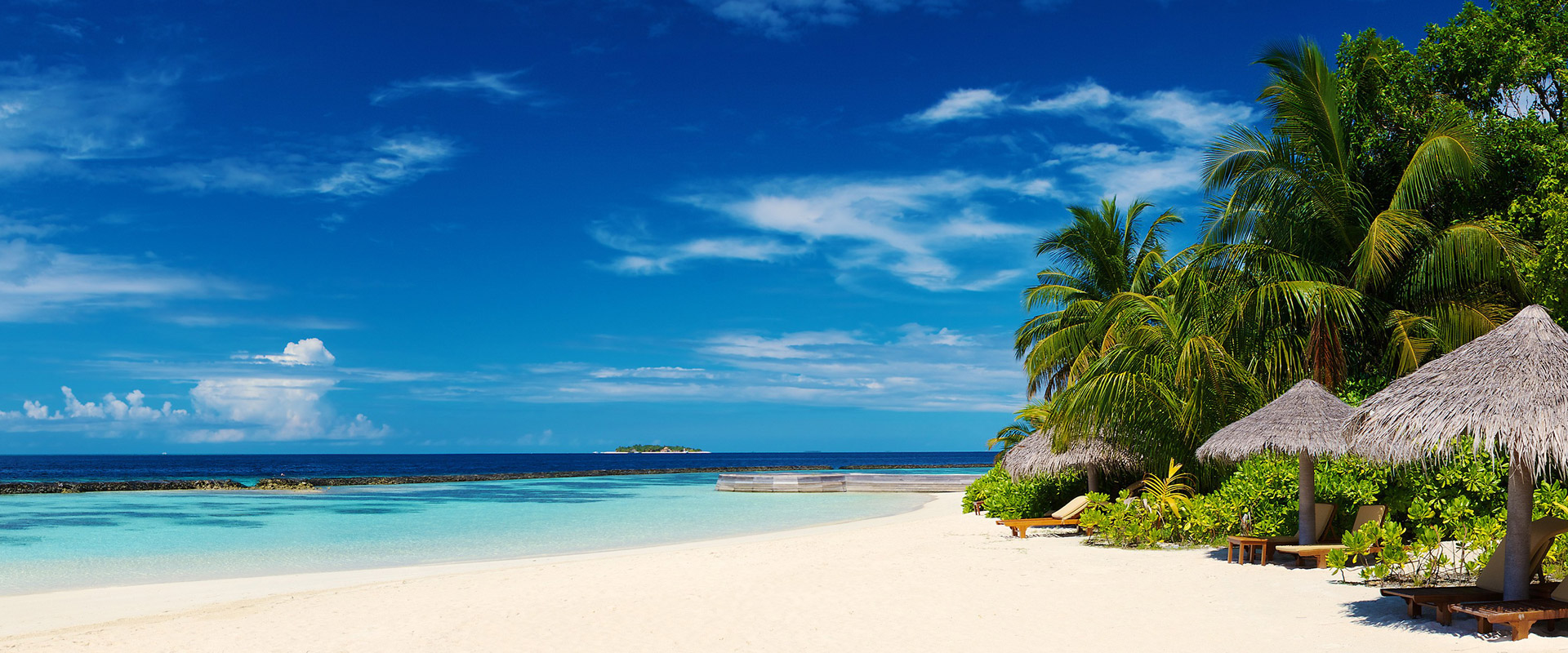Escape for the Weekend
Explore our collection of weekend
Paraguay
Philippines
What to see in the Philippines? Manila; sharks of Malapascua Island; Panglao Island; wrecks of Busuanga Island and the Subic Bay; Dumaguete; Tubbataha Reef; the Visayas.
The Philippines represent an amazing combination of two opposites. On the one hand – endless untouched beaches, azure coasts, beautiful nature, on the other hand – awful poverty involving all the people here. Not to speak of slums in the center of the capital, because there are people who live at the cemetery! And they are not few at all. Some people live on their relatives’ graves, some people rent vaults or tombs keeping them clean at the same time. Several generations have grown up at this cemetery. Though it can be a norm for the Filipinos, people from other countries consider it sacrilegeous. However, sometimes these people just do not have any other alternative. Both the wealthy and the middle-class can afford to have a vacation on the Philippines. You can go for a meal to expensive restaurants with crazy prices or you can buy ready-to-eat food in the street or even buy products and cook yourself – that will not cost you a pretty penny. However you should pay great attention to what you buy. The locals are fond of food that is exotic for us: chicken feet, pig ears, barbecue of chicken heads, embryonated duck eggs and so forth. However, local fruit are really tasty. Juicy pineapples and ripe mangos will indulge you both with their taste and their price. By the way, the national currency is Philippine peso (PHP). Recently not so many tourists come here, in contrast to Thailand, that is why the locals remain hospitable and friendly. In Manila, the capital of the Philippines, the most popular means of transport is jeepney. Jeepneys are kitsch decorated vehicles resembling military jeeps. You will not find two similar jeepneys – there is a secret competition among the drivers whose jeepney is more noticeable. Entertainments on the Philippines are rather unusual too, for example, dwarf boxing and cockfighting (the latter is not for people with weak nerves). As night falls lots of prostitutes come out into the streets. Among them there are a lot of so called “ladyboys” – people who changed their gender and now make their living in such a way. Statistically, half of the tourists come to the Philippines for carnal pleasures at a low price.
There are 50 airports in the Philippines and 9 of them are international:
Puerto Princesa International Airport (PPS)
Laoag International Airport (LAO)
Iloilo International Airport (ILO)
Kalibo International Airport (KLO)
General Santos International Airport (GES)
Francisco Bangoy International Airport (DVO)
The Philippines are a perfect place for diving. 488 coral species out of 500 known to man can be met on these islands. Moreover in 1934 near Palawan Island the biggest pearl was found. It was 24 cm in diameter and weighed 7 kg, which means that it was at least 600 years old.
The most popular places for diving in the Philippines:
Malapascua Island – meeting with fox-sharks, blacktip and whitetip reef sharks, nurse-sharks and hammer-sharks.
Panglao Island – meeting with blue-ringed octopuses, cuttlefish, mandarin fish and sea slugs.
Busuanga Island – sunken ships.
Oslob, Sebu Island – diving with whale sharks.
Snake Island – the snakes are not dangerous for people.
Balicasag Island – diving with turtles.
The Subic Bay – a picturesque bay with sunken ships.
Dumaguete – “coral rain forest”
Tubbataha Reef
Basterra Reef
Jessie Beazley Reef
The Visayas – many good coral walls.
Poland
the ancient Cathedral of St. John the Baptist in Wroclaw; the impressive Nazi cruise ship "Wilhelm Gustloff" and naval ship "Breeze" lying on the bottom of the Baltic Sea; and the picturesque lakes of Warmia and Mazury.
Poland (the Republic of Poland) is an Eastern European country, the northern boundary of which is washed by the waters of the Baltic Sea. The nearest neighbors are the Czech Republic, Germany, Belarus, Slovakia, Ukraine, Kaliningrad region of Russia and Lithuania. Poland also has maritime borders with Sweden and Denmark.
The country is considered to be a real tourist discovery, offering its guests a wide range of entertainments, including mountain holidays, sailing and rafting, a variety of classic spa programs, and a lot of breathtaking nature and legendary historical sites, more than a dozen of which are included in the list of World Heritage Sites. Poland is also known as the birthplace of Nicolaus Copernicus.
The climate of Poland is temperate continental changing into maritime.
In the country’s capital, Warsaw, which is very rich in mystical gothic churches and ancient buildings, do not miss the chance to see a sample of exquisite national architecture Royal Castle, located in the Palace Square; the magnificent Belvedere Palace and Lazienki Palace and the famous Radziwill Palace, where the first concert of the young Chopin took place. In the homeland of Copernicus, the town of Torun, it is worth seeing an impressive gothic complex, named UNESCO a monument of international importance; a bit frightening architectural fancy of Polish architects, the “leaning” Krzywe Wieże; original churches of St. Jacob, the Virgin Mary and St. John, where there is a huge bell of the 16th century, called the "Trumpet of the Lord"; as well as the military fort and the Toruń Centre for Astronomy. Connoisseurs of cultural and historical heritage will be glad to visit the County Museum, located in the gothic Town Hall, and the Museum of Art of the Far East.
In the oldest Polish town of Wroclaw you can admire the ancient Cathedral of St. John the Baptist built in the Gothic style; the church of St. Martin, St. Idzi's Church, St. Bartholomew’s Church, Church of the Holy Cross, and the inclined tower of the Chapter. Tourists are also attracted by the National Historical Museum, as well as by the baroque building of Wroclaw University, with its sumptuous Leopoldinsky hall. In Lodz you can see the Jewish cemetery, which is considered to be the largest in Europe; the Cathedral of the Holy Kostka; and the Museum of History and Art. The city museums Gdynia await those who want to learn the history of the country in all details, and lovers of ancient architecture can visit the temple of the 10th century and the Golden Chapel, which contains the monuments of the first Polish kings in the city of Poznan.
The national currency is the Polish zloty.
International airports in Poland
• John Paul II International Airport Kraków–Balice (KRK), Krakow
• Katowice International Airport (KTW), Katowice
• Łódź Władysław Reymont Airport (LCJ), Lodz
• Warsaw-Chopin Airport (WAW), Warsaw
• Rzeszów-Jasionka Airport (RZE), Rzeszow
• Bydgoszcz Ignacy Jan Paderewski Airport (BZG), Bydgoszcz
• Poznań–Ławica Henryk Wieniawski Airport (POZ), Poznan
• Gdańsk Lech Wałęsa Airport (GDN), Gdansk
Diving in Poland
Diving in Poland, as well as virtually any other diving in the so-called European style, is rather specific and better suits experienced underwater "wolves" who are able to appreciate in deep-water diving not only warm water and excellent visibility of the Caribbean Sea, but also the rough and cold beauty of freshwater lakes and ponds that are plentiful in this country.
However, things can't be all that bad. Not very good visibility and low temperature of the water is quite compensated by a lot of underwater beauties, which include interesting wrecks of the Baltic Sea, like the famous Nazi cruise ship "Wilhelm Gustloff", of a very impressive size, which later played role of a training ship and sunk in the port of Gdynia, Gotenhafen in 1945 after an attack of a Soviet submarine. According to unofficial reports, the ship sunk with more than nine thousand people aboard, including about five thousands of children. This tragedy of a global scale still worries minds of underwater adventure seekers, drawing to the 45-meter-deep ship's location more and more divers. Many wrecks are situated in the Baltic Sea near the town of Hel. In the Puck Bay you will find a deliberately sunken naval ship "Breeze", the remains of which are located at a depth of 15 meters in two hundred meters from the shore.
In Poland diving in the picturesque lakes of Warmia and Mazury is very popular. Here there is the deepest of Masurian lakes – the hundred-meter Lake Hancza, where you can swim with pikes, burbots, perches, minnows and crayfish, as well as to see an old sunken rowboat, located at a depth of 30 meters. You will also like the area of Olsztyn, where you will find quality lake diving.
Portugal
What to see in Portugal? Whales, hot springs and fantastic underwater landscapes of the Archipelago of the Azores; wines and architecture of Madeira; Obidos; Sintra; Evora; the Bowbelle wreck; the T-reef national park; the U-boat U1277 wreck.
Portugal, officially the Portuguese Republic, is a country in southwest Europe, located on the Iberian Peninsula and two archipelagos in the Atlantic Ocean: the archipelagos of Madeira and the Azores. It is bordered by Spain and washed by the Atlantic Ocean. Portugal has the total area of 92 thousand square kilometers and the population of nearly 10.5 million people. The capital of the country is Lisbon. The official language is Portuguese.
The national currency is the Euro.
Portugal’s terrain is mountainous in the north and flat in the south. The climate of the country is Mediterranean. Portugal is said to be one of the warmest European countries.
Portugal is famous for a great variety of picturesque landscapes. Within one day you can travel from alpine pastures to emerald tropical plains, and from sunny islands to the mainland. The most popular tourist attractions are located in the historic center of Portugal.
You can start your acquaintance with this country from the archipelagos. On the Archipelago of the Azores, consisting of 9 volcanic islands, you can watch whales, relax in hot mineral springs and walk along the streets of tranquil seaside towns. Madeira is a real paradise for those who are fond of green landscapes, refined architecture and good wine. Then let’s visit Lisbon, situated on the banks of the Tagus River; Obidos, encircled by a medieval fortified wall; Sintra with its amazing palaces and castles; Porto, famous for its perfect port wine; Evora, possessing more than 4,000 historic monuments; Aveiro, called “the Venice of Portugal” and then let’s bask in the sun on gorgeous beaches of the Algarve.
Airports
Lisbon Portela Airport (LIS), the main international gateway to Portugal and a major European hub.
Francisco Sá Carneiro Airport (OPO), an international airport near Porto, a base for easyJet, Ryanair, TAP Portugal and Portugália.
Faro Airport (FAO) located 4 km from Faro.
Madeira Airport (FNC), an international airport in the Portuguese archipelago of Madeira.
João Paulo II Airport (PDL), an international airport located on the island of São Miguel, in the Portuguese archipelago of the Azores.
Diving in Portugal
More than 2 thousand kilometers of coastline, 8 marine reserves and 12 islands make Portugal a very interesting diving place.
Off Santa Maria Island, the most southern island of the Azores, you can swim with whale sharks, explore underwater caves and tunnels and watch various marine species, such as groupers, hog-fish, moray eels and other. The volcanoes, created the Azores long time ago, also formed amazing underwater landscapes. You will find here various craters, caves and arches.
While diving off Madeira you will see lots of reefs, gullies, crevices and caves with abundant marine fauna and flora. At Madeira you can visit Garajau national park and T-reef national park, and explore one of the most popular wrecks – the Bowbelle, a 90 metre long sand-dredger, sunk in 1996.
The best-known wreck in Northern Portugal is the IIWW German U-boat U1277, deliberately sunk in 1945 and luing at a depth of 31m near Porto. Other interesting wrecks located here are the Tiber, a British steamboat sunk in 1847 off Porto; the Veronese, a British steamboat that sunk in 1913; the Barbosa, a Brazilian packet boat, sunk in 1934; the Vila do Porto, a Portuguese motor boat, sunk in 1955; the Jakob Maersk, an oil tanker that sank in 1975 and others.
The water visibility is up to 15 meters. The water temperatures range from 13 to 24ºC, which makes scuba diving in Portugal possible throughout a year, though the most comfortable time is from May to October.
Qatar
What to see in Qatar? Qatar’s museums; Souq Waqif; Palm Tree Island; the Pearl Bay; Mesaieed reef; Banana Island reef; sunken oilrigs and wrecks of the Tech El Dan and the Balhambar.
Qatar, officially the State of Qatar, is a country in southwestern Asia, located on the Qatar peninsula in the north-eastern part of the Arabian Peninsula. It is bordered by Saudi Arabia to the south, and is surrounded by the Persian Gulf from all the other sides. Qatar also has a maritime border with the islands of Bahrain, and with the UAE. The total area of the country is 11.5 thousand square kilometers; the population is about 2.2 million people. The capital city is Doha. The official language is Arabic.
The national currency is the Qatari riyal. You can exchange money at the airport, at banks and currency exchange dealers.
Qatar’s climate is arid with mild winters and hot summers. The terrain is flat and rocky. Be aware of sand storms and dust storms which occur regularly. The best time to go to Qatar is from November to early April.
The main treasure of Qatar is its rich history, as evidenced by numerous archaeological excavations. In Qatar numerous traces of ancient civilizations have been found. These evidences can be seen in numerous Qatar’s museums, for example the Museum of Islamic Art, the National Museum, Doha Museum, Az Zubarah Fort and others. You can also plunge in the atmosphere of this mysterious country by shopping at Souq Waqif, seeing a desert sunrise, climbing and sliding the dunes in a desert trip, basking in the sun on the beaches of Palm Tree Island, walking along the Pearl – a picturesque circular bay, surrounded by sky-scrapers, and watching camel races.
Airports
Hamad International Airport (DOH) the international airport, located near Doha, the capital of Qatar.
Diving in Qatar
Qatar is not a world-class diving destination, but you can find something interesting here.
At Mesaieed you can see a man-made reef, sunken old cars and boats, lying at a depth of 16 meters.
Off Banana Island there is a reef, suitable both for scuba diving and for snorkeling.
In Khor Al Udeid, or Inland Sea, the most popular diving sites are the Old Club and New Club Reef, Othman Reef, Qafco Reef, The Barge, and Zeytuna.
In Qatar’s waters divers can also see some sunken oilrigs, the Tech El Dan wreck and the Balhambar wreck.
Romania
Stavropoleos and Krotsulesku monasteries in Bucharest; the remains of the military destroyer "Moscow" and the Soviet submarine “Щ-213” in the port of Constanta; Lake Belize with a submerged village on its bottom.
Romania is a South-eastern European country, washed by the Black Sea from the south. The nearest neighbors are Serbia, Bulgaria, Ukraine, Hungary and Moldova. Most of Romania’s territory features a great variety of thermal and mineral springs, as well as freshwater lakes and salinas, among which a special place is occupied by the Razelm lakes. The natural wealth of Romania combined with the Carpathian ski resorts and the gentle Black Sea coast makes the country a perfect tourist destination. The climate of the country belongs is temperate continental with the transition to moderate maritime.
The capital of Romania, Bucharest, founded in the 15th century, combines the traditional influences of East and West, which gives it a completely unique flavor. It is worth seeing the Batanui Palace, the former residence of the Transylvanian princes; the majestic Patriarchal Cathedral of the 17th century; the picturesque St. Aaron Church; the old St George Cathedral; Stavropoleos and Krotsulesku monasteries and ancient monastic buildings Antim, Plumbuita and Mihai Voda.
Connoisseurs of culture can take a tour of the Village Museum and the Art Museum, while those who are fond of natural monuments will undoubtedly like the Botanical Garden and the scenic parks such as Chizhmidzhiu and Parcul Carol.
In the capital do not miss the chance to see the "city within a city" – the Old Bucharest, where there are a lot of exquisite architectural monuments. The most popular attractions include Cotroceni Palace, Konstakudilo, the Palace of Justice and the Royal Palace, as well as a real caravanserai Hanul lui Manuc and the grandiose Palace of the Parliament, the world’s second largest palace (after the legendary Pantheon).
One of the most visited places is the local history museum in the city of Alba Iulia, which has a rich exposition of antiquities. It is here the mysterious Terteriyskie letters were found. In Alba Iulia it is worth seeing such architectural monuments as the oldest Romanian Museum of the 18th century and the Cathedral, founded in the 2nd century and rebuilt in the Gothic style in the 15th century. In Dacia, the ancient valley of the Danube you will find many ancient cultural monuments, which make it a rather interesting destination.
The national currency is the Romanian leuInternational airports in Romania
• Arad International Airport (ARW), Arad
• Baia Mare Airport (BAY), Baia Mare
• Aurel Vlaicu International Airport (BBU), Bucharest
• Henri Coandă International Airport (OTP), Bucharest
• Transylvania International Airport (TGM), Targu-Mures
• Traian Vuia International Airport (TSR)
• Cluj Avram Iancu International Airport (CLJ), Cluj-Napoca
• Craiova International Airport (CRA), Craiova
• Mihail Kogălniceanu International Airport (CND), Constanta
• Oradea International Airport (OMR), Oradea
• Satu Mare International Airport (SUJ), Satu Mare
• Sibiu International Airport (SBZ), Sibiu
• Stefan cel Mare International airport (SCV), Suceava
• Iasi International Airport (IAS), Iasi
Diving in Romania
Romania provides very good opportunities deep-water diving. In this country you can experience not only familiar traditional diving in the waters of the Black Sea, characterized by rich marine flora and fauna, but also specific freshwater diving in Romanian lakes, featuring fairly low water temperature and high transparency of water. The combination of such dissimilar ways of diving attract to Romania an impressive number of divers.
The most popular place for diving is located on the south coast of the Black Sea, all the beaches of which have the EU Blue Flag, which means that they fully meet European quality standards and are able to satisfy any diver. Deep-water diving in the coastal waters of the Black Sea, which are characterized by the absence of dangerous critters and unpredictable currents will bring peace and tranquility to a diver's rebellious heart. Here you can enjoy all the delights of relaxed thoughtful diving and leisurely watch such inhabitants of the deep sea as crabs, clams, jellyfish, sea horses and dolphins. Underwater visibility is up to six meters.
Off the Black Sea coast there are several wrecks of particular interest. For example, in the port of Constanta you can see the remains of the once formidable military destroyer "Moscow", located at a depth of about 40 meters; and the flooded during the Second World Soviet submarine “Щ-213”, which is located at a depth of 30 meters in ten kilometers from the Romanian coast.
Connoisseurs of freshwater diving like Lake Belize, spontaneously appeared after the dam construction. Earlier, on the site of the lake there was a village with an old chapel, which was flooded to create a dam. Now only the tip of that chapel can be seen in the lake. Visibility of water in Belize is quite good, even according to the most experienced divers, and reaches approximately 15 meters. However, the water temperature is low, even in summer.
Russia
Russia is the largest country in the world. . The capital of Russia is Moscow, and it’s the biggest city in the country. Another big and famous city in Russia is Saint Petersburg. It has once been a capital of the country. These two cities have the majority of Russian sights. For example, the Kremlin, which is situated in the heart of Moscow, the Bolshoi Theater, which is also in Moscow and many others. Saint-Petersburg is famous by its magnificent architecture. The Golden Ring of Russia includes such cities as Suzdal, Vladimir, Ivanovo, Yaroslavl and many others. These cities are famous for their rich history and ancient churches. Also, tourists can take part in some authentic festivals when visiting these cities. The deepest lake in the world, Baikal, is also situated in Russia, in the East Siberian region.
Russia also officially known as the Russian Federation is a country in Eurasia. At 17,075,200 square kilometres (6,592,800 sq mi), Russia is the largest country in the world by surface area, covering more than one-eighth of the Earth's inhabited land area,and the ninth most populous, with over 144 million people at the end of March 2016. The European western part of the country is much more populated and urbanised than the eastern; about 77% of the population live in European Russia. Russia's capital Moscow is one of the largest cities in the world; other major urban centers include Saint Petersburg, Novosibirsk, Yekaterinburg, Nizhny Novgorod, and Kazan.
Extending across the entirety of Northern Asia and much of Eastern Europe, Russia spans eleven time zones and incorporates a wide range of environments and landforms. From northwest to southeast, Russia shares land borders with Norway, Finland, Estonia, Latvia, Lithuania and Poland (both with Kaliningrad Oblast), Belarus, Ukraine, Georgia, Azerbaijan, Kazakhstan, China, Mongolia, and North Korea. It shares maritime borders with Japan by the Sea of Okhotsk and the U.S.state of Alaska across the Bering Strait.
Russia is a huge and beautiful country, surrounded by seas and oceans, filled with lakes, with a great variety of excellent places for diving. In the European part of the most popular and recommended for diving White and Barents Sea with a bright and diverse underwater world. In these northern seas you can swim with large mammals: minke whales, beluga whales, harp seals. The Baltic Sea is turbid and poor in life, but its bottom is literally strewn with sunken ships of different times and peoples. Other northern seas washing Russia are also, quite possibly, interesting for diving, but they are harsh and little known because of their inaccessibility even in the summer. Black Sea - as the warmest and most accessible sea in the country - was the cradle of diving in the USSR, despite the scarcity of underwater life. It was there that the first scuba divers came every summer with tents and Soviet underwater equipment. But in the Black Sea expanse lovers of racks and archeologists - the bottom is covered with a layer of sunken ships and ancient artifacts.
In the European part of Russia, including in the Moscow region itself, there are many lakes and reservoirs with a turbulent freshwater life and rather muddy water, in which undersea hunters are much more interested in swimming than for divers. But here there are beautiful water bodies, in which there is something to see, especially in periods when the water becomes transparent. Of the most beautiful, transparent and suitable for diving it is worth noting Lake Wischenec in the Kaliningrad region and Spas-Kamenskoe lake in the Moscow region.
Moving on the map of the country to the east, we meet with the surprisingly beautiful and famous in narrow circles Orda cave in the Perm region . Horde, as it is called divers, is a favorite place for cave courses and cave dives .
Lake Baikal is a pearl of Siberia. The deepest lake in the world, transparent and beautiful, is inhabited by endemic invertebrates and fish. Diving in Lake Baikal is interesting, but not easy due to cold water all year round and severe underwater landscapes with steep walls that extend to great depth. The nature of the Baikal shores is striking in its beauty and savagery. Optimal rest with dives - diving safari .
The Far Eastern coast, washed by the Pacific Ocean, is perhaps the most saturated with underwater life and the most interesting for diving in Russia. The Sea of Japan - relatively warm and accessible, is the most developed dive industry and a rich infrastructure: on the coast of Primorsky Krai from the Vityaz Bay in the south to Nakhodka there are several dive centers offering diving, including on picturesque islands and in the Far Eastern Marine Reserve.
Island of Sakhalin and the island Moneron , Kuril and Commander Islands , Kamchatka and Chukotka - all this is an extremely beautiful place, where you can endlessly enjoy the scenery, interesting diving and swimming with large marine animals: whales, killer whales, seals. At the same time, these regions are poorly mastered by the diving industry, and for organizing safe diving trips one has to apply a lot of professional efforts.
Practically all diving in Russia is diving in cold water, from 20 ° C in the Sea of Japan in summer to 2 ° C in Baikal and -1 0 ° C in the White Sea under ice. In such cold water you need to swim in a dry suit, having finished the corresponding special course PADI Dry Suit Diver. In addition, it is important to safely organize dives, because even on the surface in cold water you will not last long, and if a dry suit leaks - especially. The beaches are sparsely populated, there are few other ships and boats, so you should count only on the dive center or the safari yacht, which organize your diving. We are just building the right diving infrastructure in inaccessible places, and reliable operators offering a decent service are few. But if you went with us to the Russian wilderness with the idea of "Diving in Russia", then you will be provided with bright grandiose impressions of beautiful landscapes and wild nature.
Schedule of diving tours in Russia
Detailed descriptions and programs of our diving trips across Russia:
- White Sea
- Barencevo sea
- Spas-Kamenskoe Lake
- Lake Baikal
- Japanese Sea
- Sakhalin island
- Kurile Islands
- Commander Islands
- Kamchatka
- Star city (from December 1, 2014, the diving in the Hydrolaboratory was discontinued due to a major overhaul, which will last approximately until the end of 2016)
Photo reports from RuDIVE diving tours around Russia
Saint Kitts and Nevis
Saint Lucia
Fishing villages of Anse-La-Raye and Canaries; Soufriere; delightful architecture of Castries; Diamond Falls; Anse Chastanet Marine Park; coral reefs of Key Hole Pinnacle and Cap Mullet;
Saint Lucia is a state on the same-name island of the Lesser Antilles archipelago, located in the West Indies. Its nearest neighbors are Martinique and St. Vincent. The island, whose coast is studded with small picturesque bays, can boast of lush tropical vegetation, unique underwater world, healing mineral springs and wonderful sandy beaches. The state is also famous for its jazz festival, which is held in Saint Lucia in early May each year. The climate of the island is tropical trade-wind, with the possibility of summer storms.
The main attraction of the capital city of Saint Lucia – Castries – is Columbus Square, where the Saman tree grows, whose age is about four centuries. In the shade of the tree there is a very original piece of the 19th-century architecture – the Cathedral Basilica of the Immaculate Conception. Fans of "places with history" will like to visit the St. John Church, located in the northern part of the island, where some scenes the famous film “Mamma Mia” were shot. Plunge into the local culture can be continued by visiting small fishing villages of Anse-La-Raye and Canaries, as well as the oldest city of Saint Lucia, Soufriere, where there are many houses decorated with Indian tiles.
Connoisseurs of nature should explore the Pigeon Island National Park, the Frégate Island Nature Reserve, where you can see rare ramier pigeon and a local variety of orioles, Maria Islands Nature Reserve, which contains a number of rare reptiles. You can also take a tour to extinct volcanoes La Soufriere, Petit Piton and Gros Piton, as well as take a shower in Diamond Falls.
The national currency of Saint Lucia is the East Caribbean dollar traditional for the Lesser Antilles, but it is not forbidden to pay in the US dollars or credit cards.
Hewanorra International Airport (UVF)
The only airport of the state, which has international status, is located near Vieux-Fort, right on the ocean coast, which is a very exotic spectacle for tourists arriving on the island – the landing leaves a lasting impression: it seems that the plane is going to land directly on the surface of the ocean.
Diving in St. Lucia
Beautiful mountain landscape of the island surface is repeated under water, so that the coastal waters of St. Lucia are literally crammed with all sorts of caves, hills and caverns. Due to the complicated underwater scenery, pink coral reefs, framing almost the entire coastline of the island, nice sunny weather and gentle coastal waters, St. Lucia is rightfully included in the list of the world's best areas, suitable for high-quality diving.
For the most part, the best diving areas are located in the western part of the island, as the eastern shore of St. Lucia is characterized by powerful undercurrents that can substantially complicate diving, but professionals are not forbidden to tickle their nerves, plunging into these troubled waters. For fans of classic diving there are such proven places like Anse Chastanet Marine Park near Soufriere, where you can plunge not only into the sea water, but also into the lives of various underwater creatures, and where you can see the rare pink coral reefs, easily accessible coral reefs of Key Hole Pinnacle and Cap Mullet, Pigeon Island area and picturesque valleys at the foot of underwater volcanoes Petit Piton and Gros Piton to the north of Castries. You can explore the 50-meter ship "Leslin" intentionally sunken in Anse Cochon area. The wreck, located at 20-meter depth, is an artificial reef formed around the ship's frame.
It is worth noting that the underwater visibility is not as good as at some other Caribbean islands due to numerous rivers, carrying fairly large number of sand and suspended organic matter into the sea from the insular land, but the water clarity, though not perfect, is quite suitable for good diving.
Saint Martin
Philipsburg; Grand Case Beach; the History Museum; Fort Amsterdam; the Fly Zone Xtreme in Loterie Farm;
Saint-Martin is a unique island, which belongs to two countries at once; the northern part of the island belongs to France and the southern – to the Netherlands. Saint-Martin is famous for the complete lack of boundaries, except the symbolic pillars which tourists like to use as a background for photos. The climate of Saint-Martin (aka Sint Maarten, if spoken in the Dutch style) can be called tropical; the average temperature is 27 degrees C.
The island is famous not only for beautiful beaches and friendly sea, but also for legalized prostitution. The main part of brothels is located in the Dutch capital of the island - Philipsburg that is not surprising. However it is interesting that narcotic substances permitted in the Netherlands are prohibited here. Fans of less extreme entertainments can go on an excursion to the beautiful farm of tropical butterflies in the French capital of Marigot Island. Connoisseurs of local culture can visit the History Museum and Fort Amsterdam. Tourists can also go to the zoo.
It is worthy of note that the Duty Free area covers the entire territory of the island, so many branded goods are sold in an acceptable price that can not but please fans of shopping. In the northern part of Saint-Martin the main currency is the euro, in the southern part - the Dutch guilder, but any tourist can easily pay in the US dollars or with a credit card.
While preparing of documents it is necessary to consider that residents of the countries that do not have the right of visa-free visits to the island, which include: / list of the countries / should have a special visa. However, the list of documents necessary to obtain the visa does not differ much from the standard Schengen visa. One should obtain the visa of that part of the island (French or Dutch), where he or she plans to spend most of the time.
Princess Juliana International Airport (SXM)
The Airport is one of the most extravagant in the world: its runway starts right on the Maho Beach. Due to its unique location, arriving planes land almost on the heads of tourists. Some lovers of extreme pleasures come to St. Maarten solely in order to enjoy the landing and take-offs of "Boeings" (it is recommended to keep near the fence and try to stay on wobbly legs). The airport is 15 kilometers from Philipsburg and has one terminal.
Diving in St. Martin
The water transparency off the Saint-Martin coast reaches a hundred meters. Taking into account that the coastal area of the island is a rich underwater world, which combines brilliant riffs, lots of unusual tropical fish and other marine life, it becomes clear that St. Martin is extremely attractive for divers of very diverse skills.
For free-divers and for not very experienced divers the best place for snorkeling is Grand Case Beach, located on the French side of the island.
Divers will like not only unusual reefs inhabited by colorful marine life, but also the remains of sunken ships, the oldest of which went to the bottom in 1801. Here one can also explore a relatively "fresh" barge which sank in 1962. On the island there are many places for scuba diving. Some of them are 65-75 feet deep and even deeper - it depends on the experience and preferences of the diver. It is worth noting that the sea is not always calm before diving.
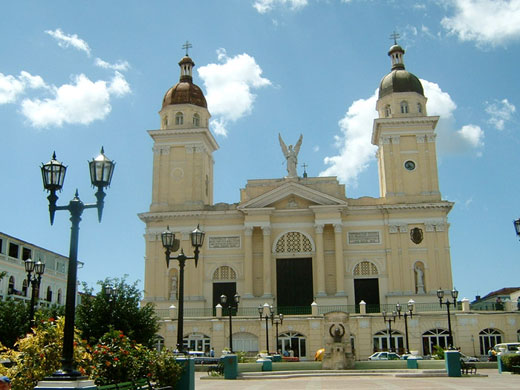

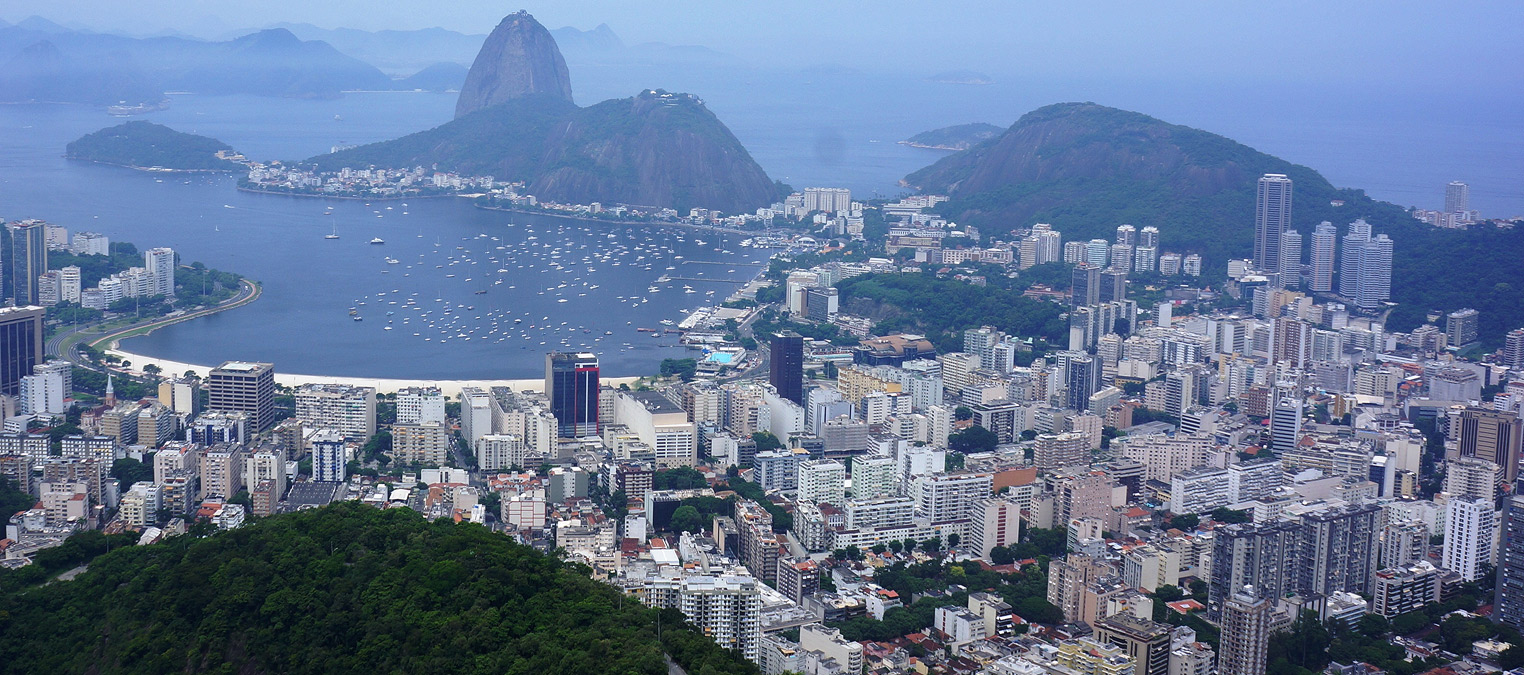
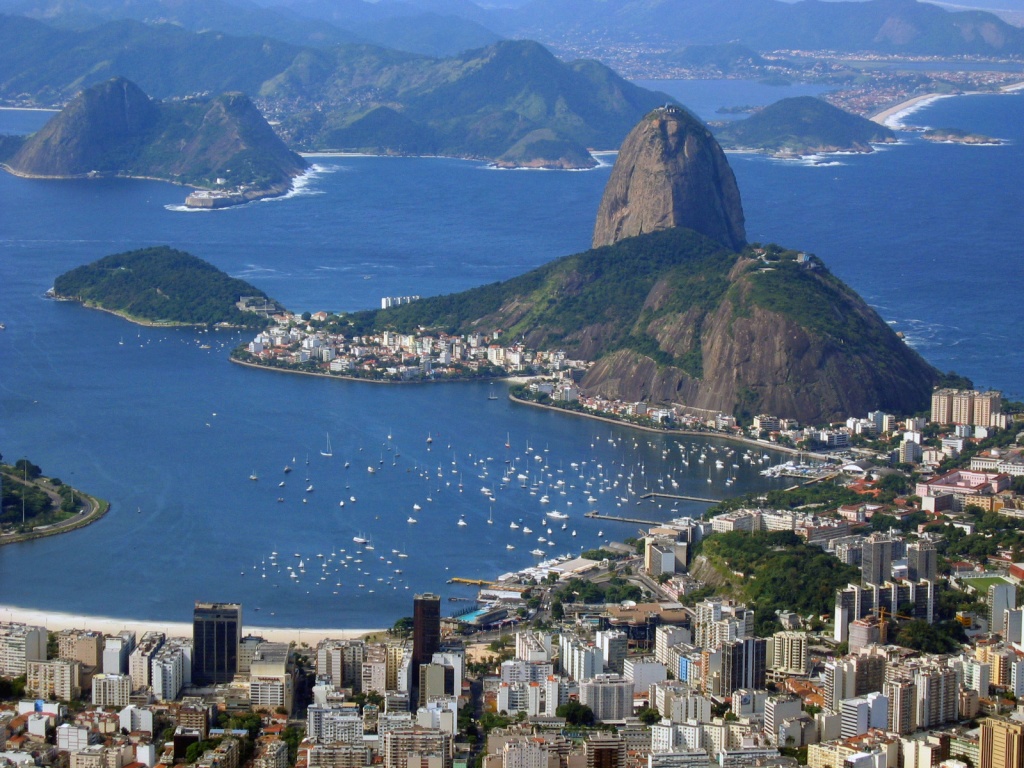
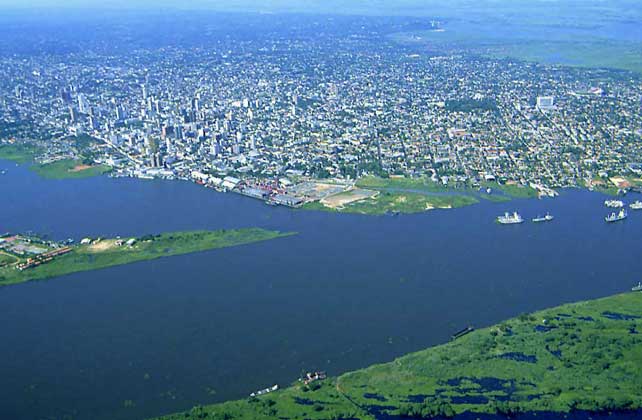
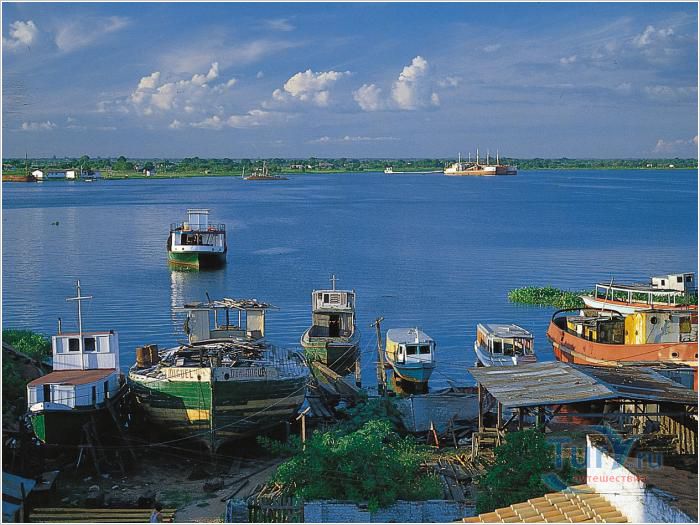

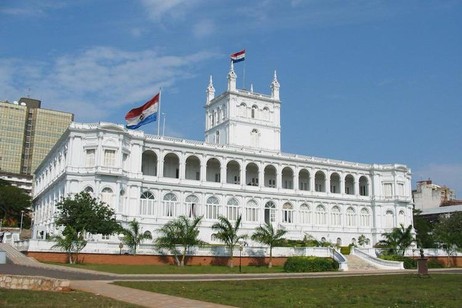
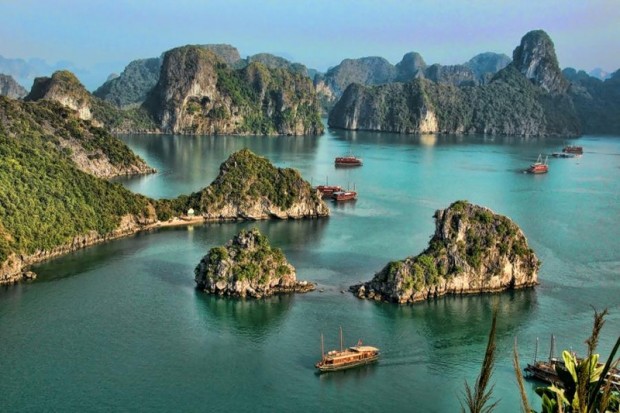
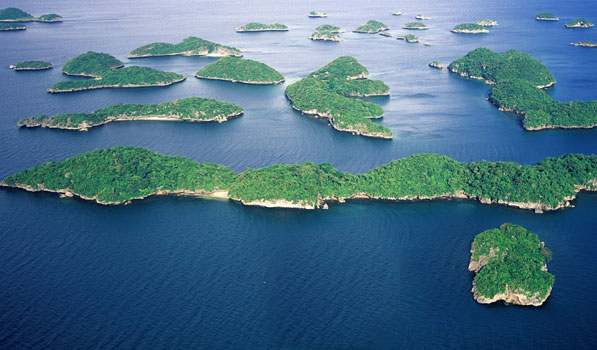

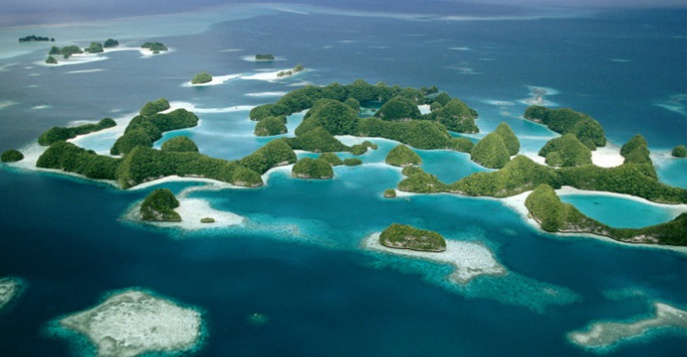
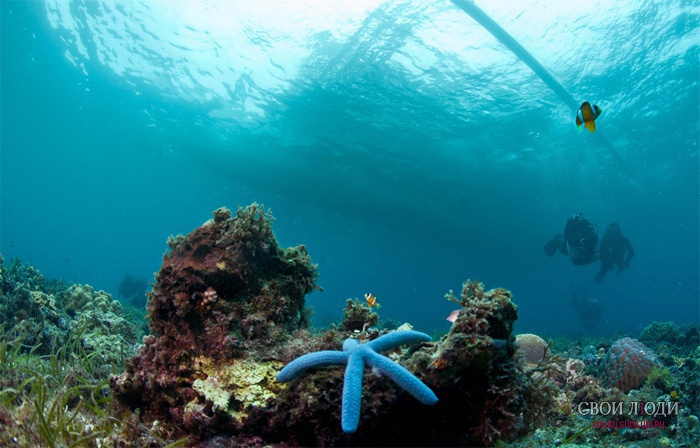
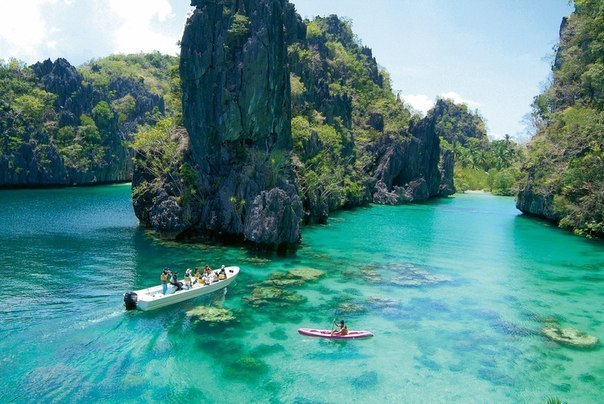
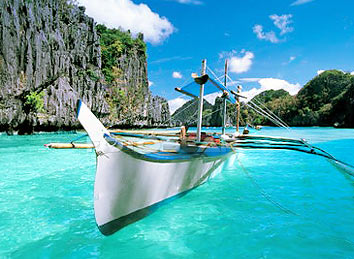
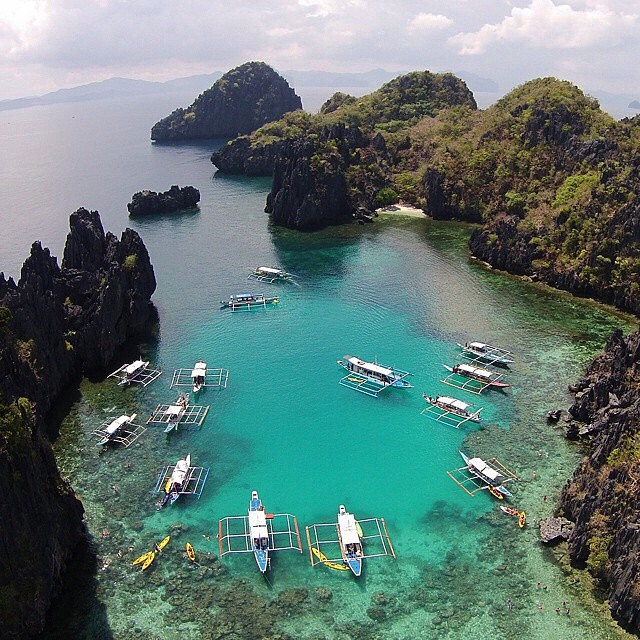
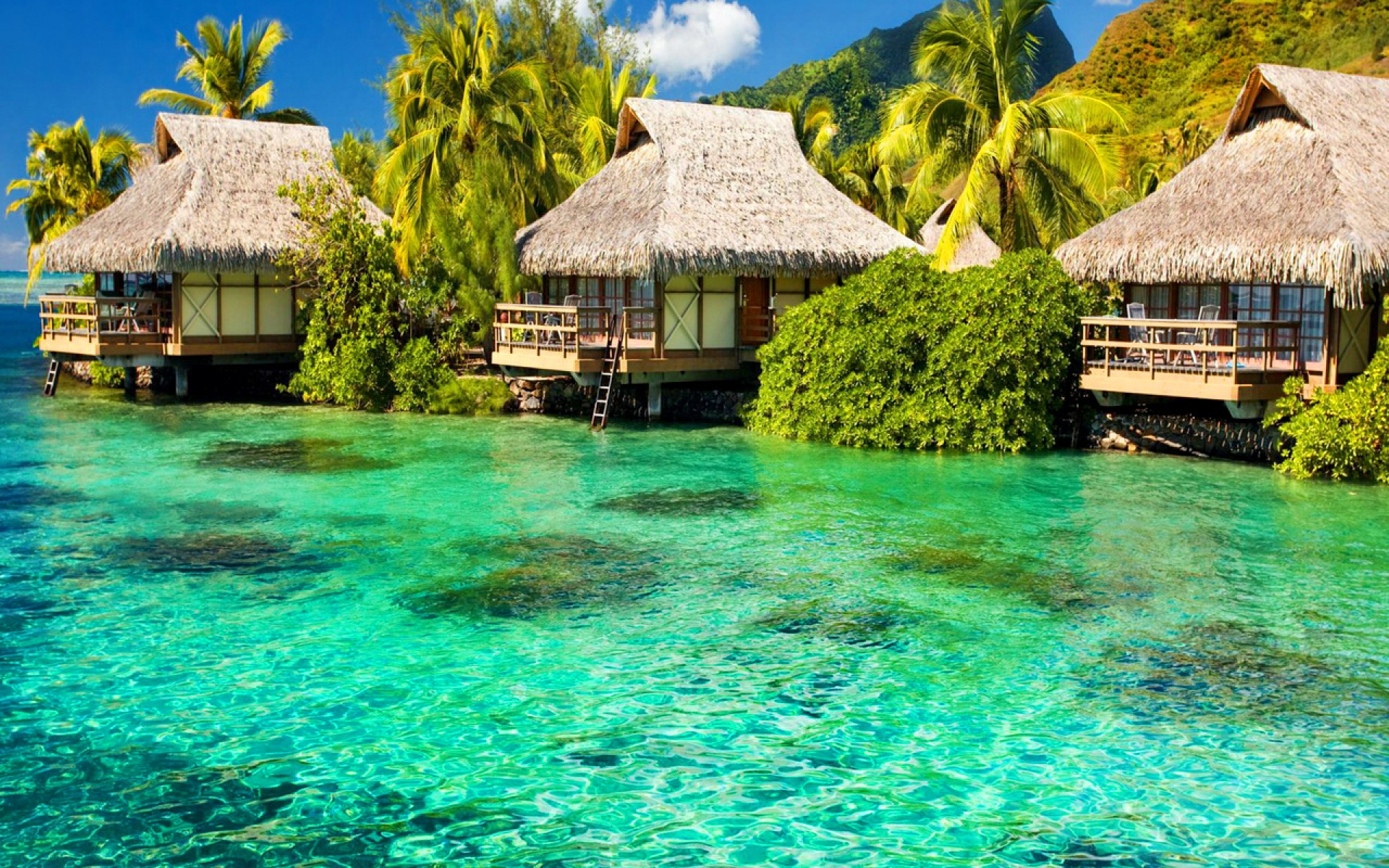
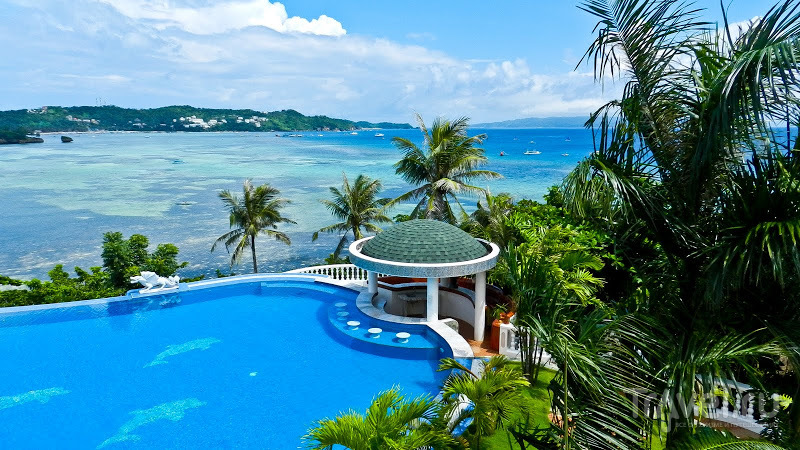
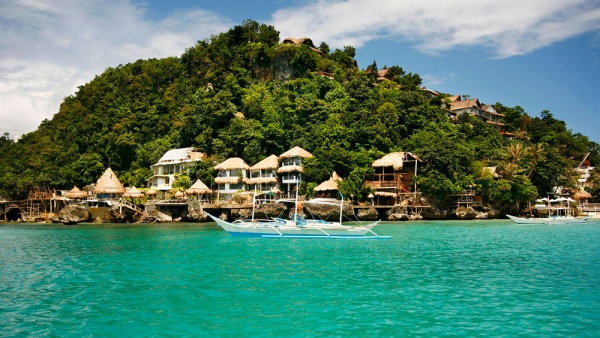
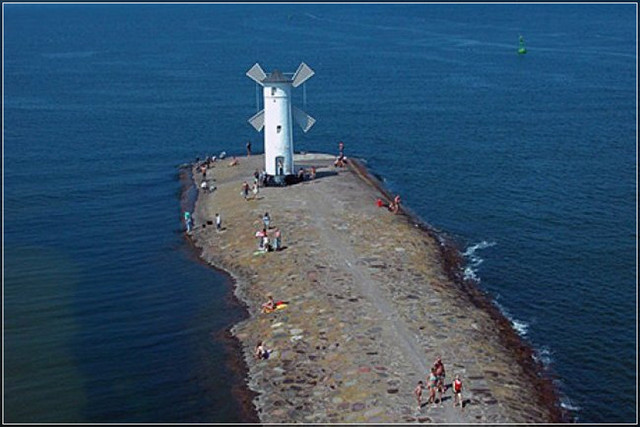
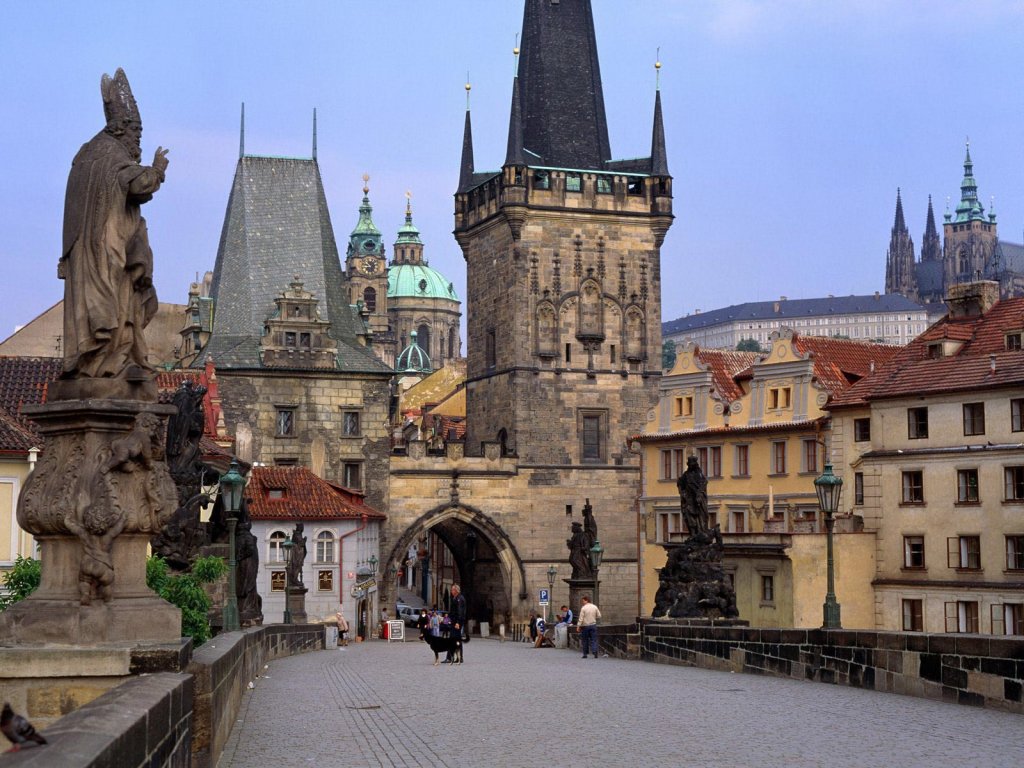

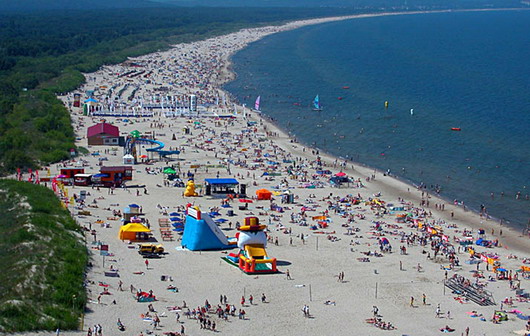
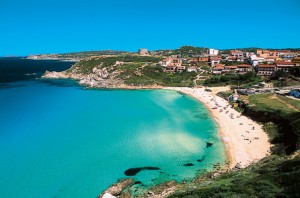
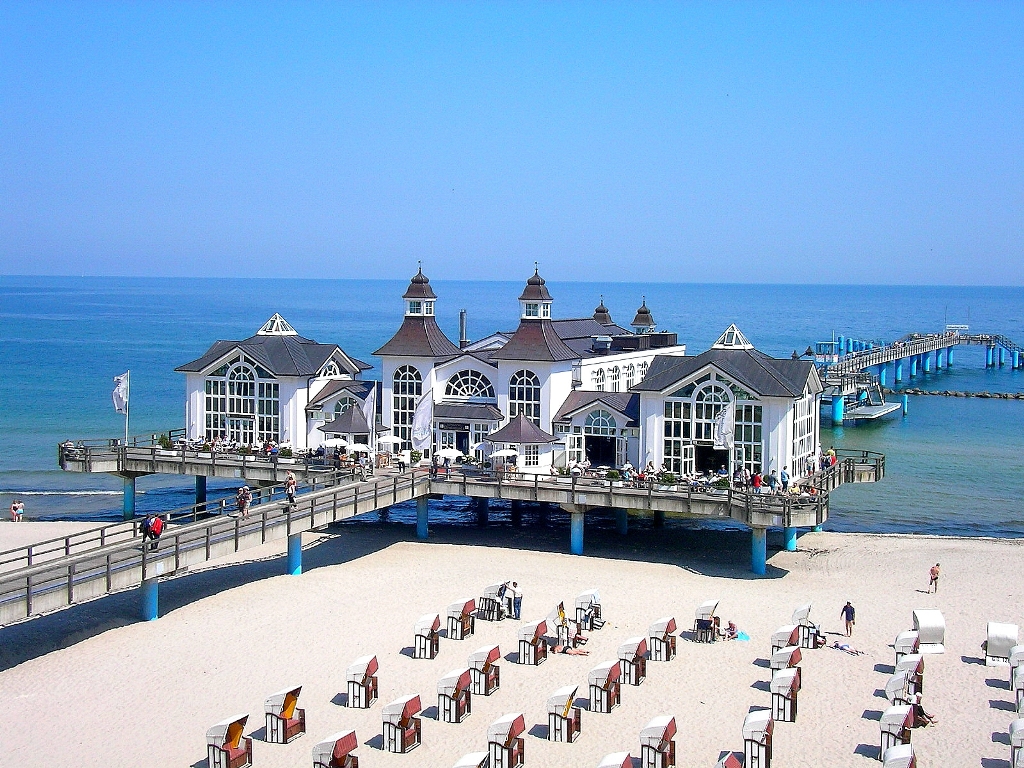
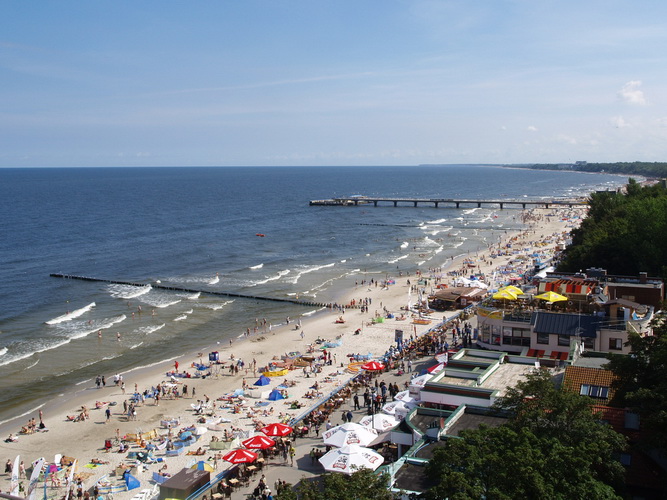
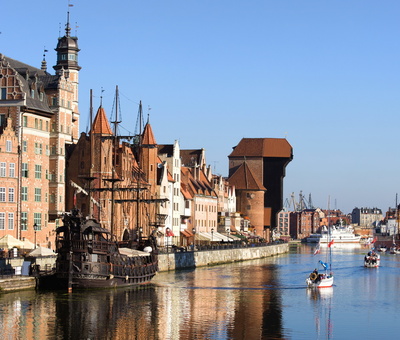

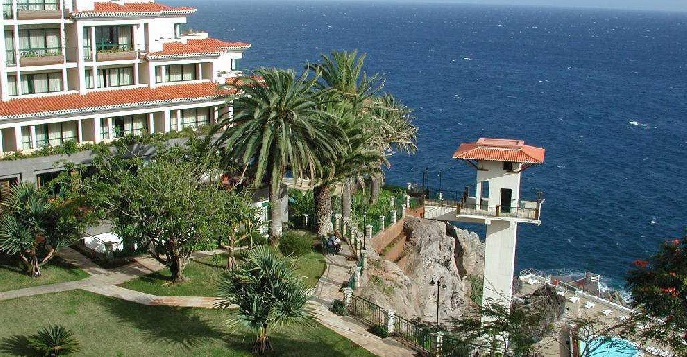
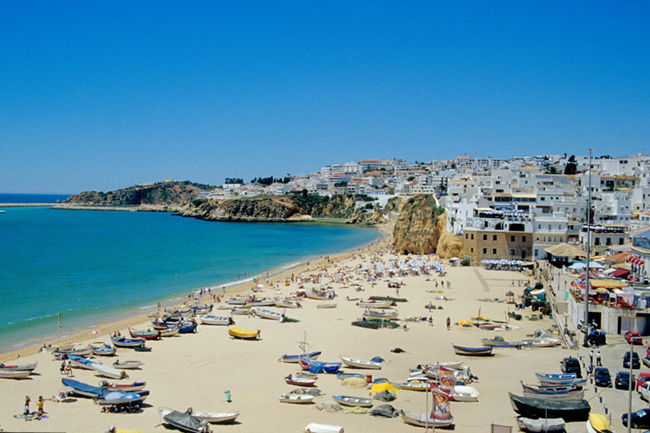
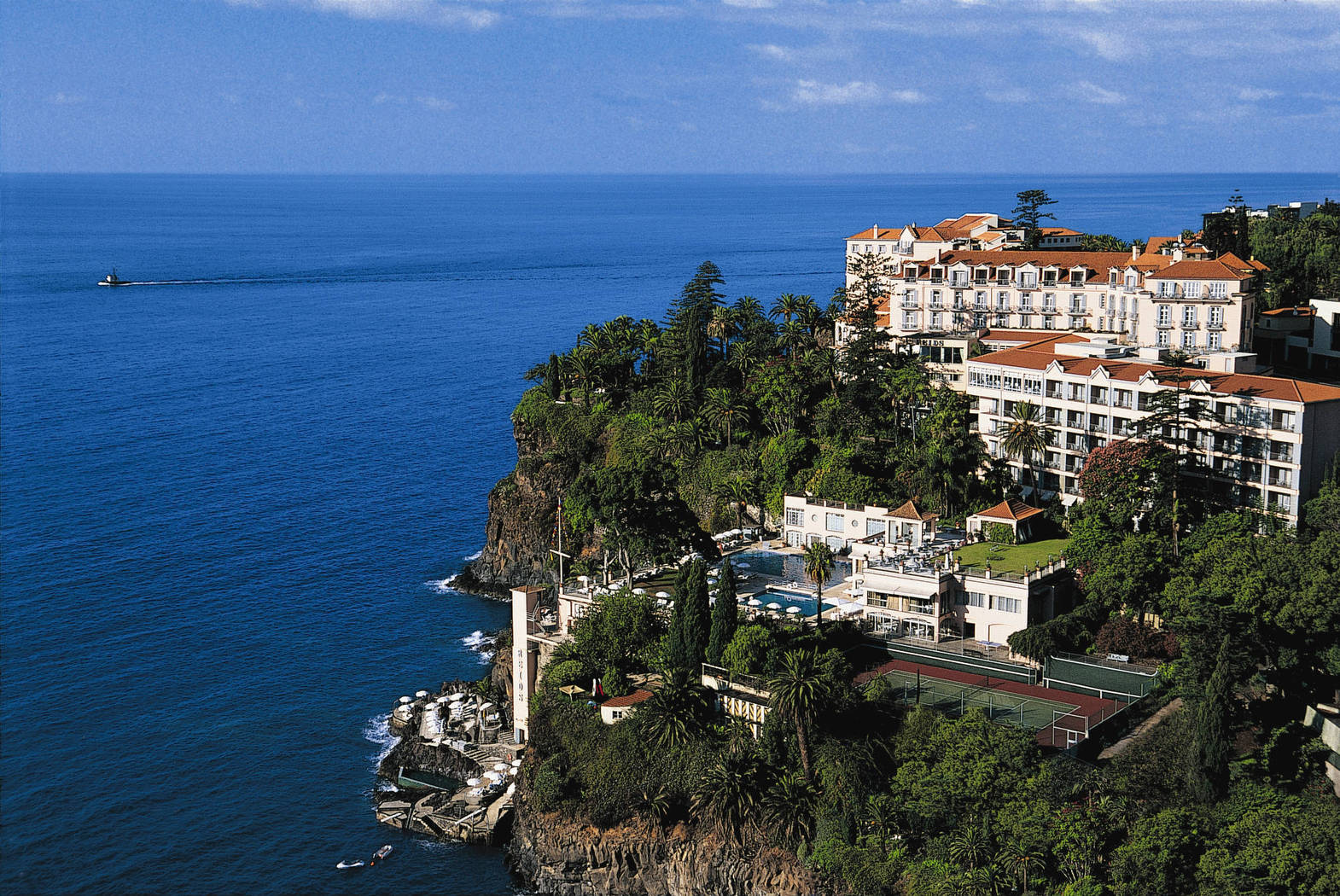



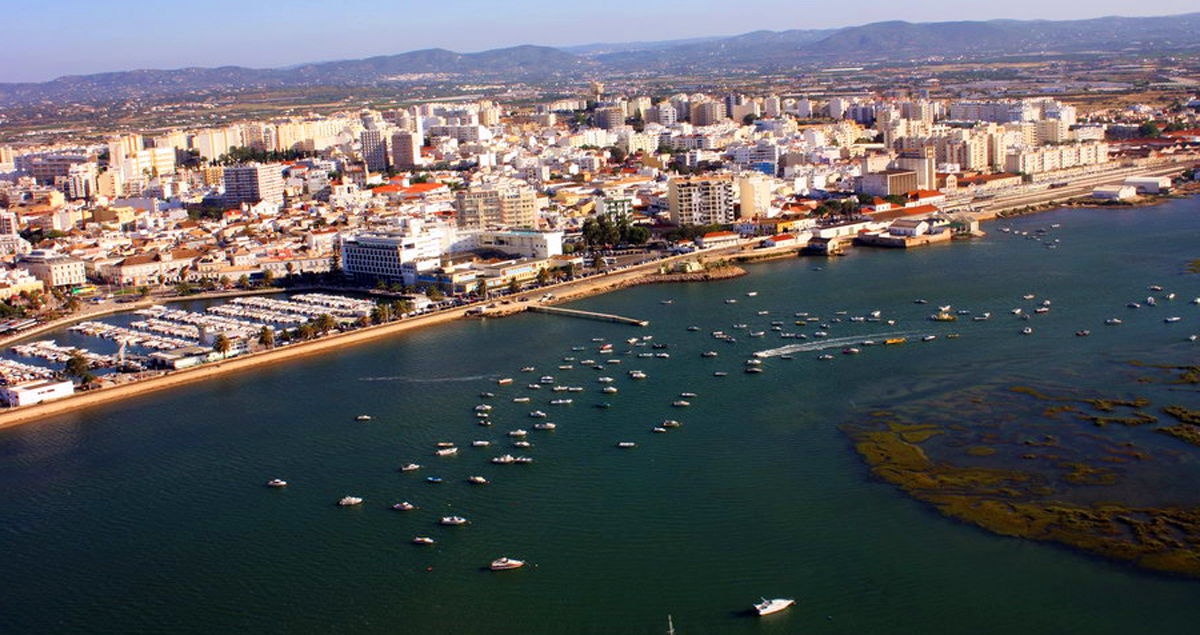
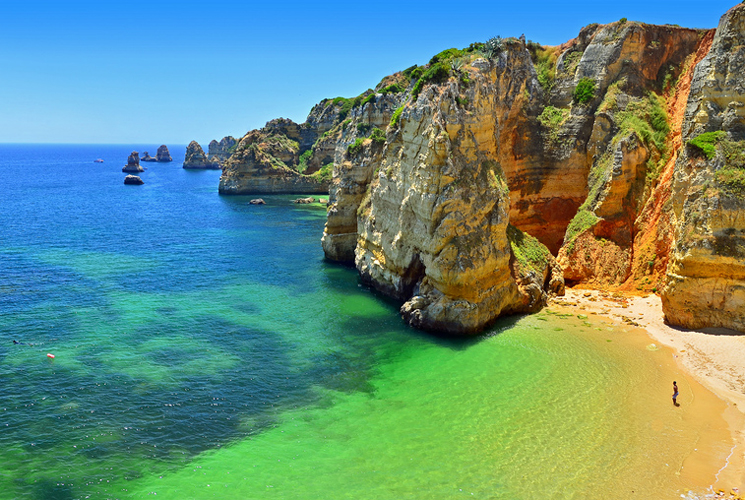
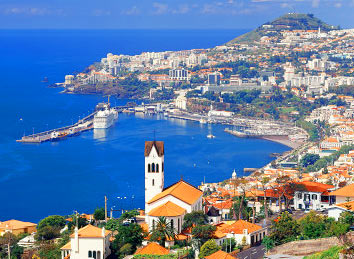

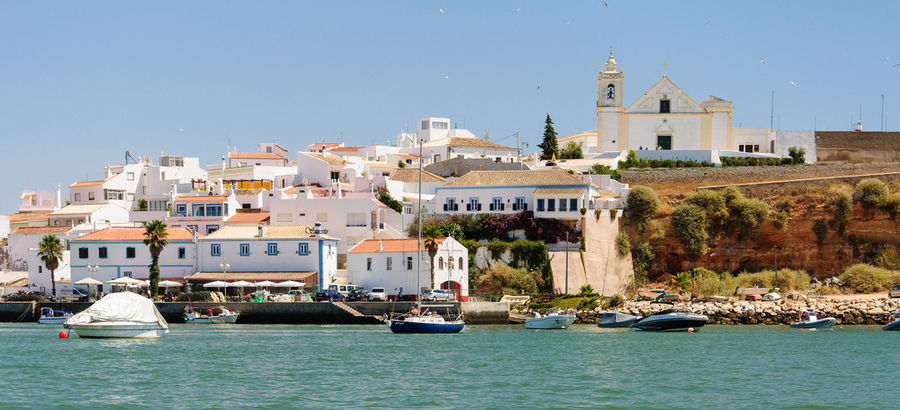
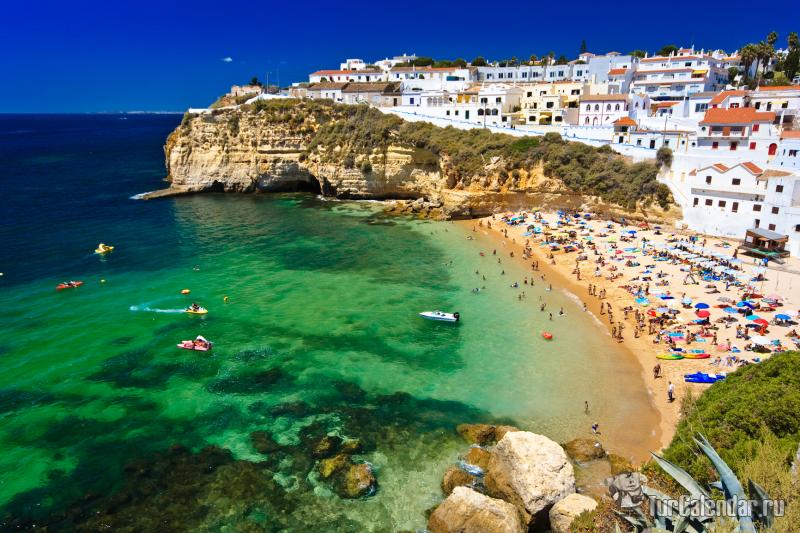

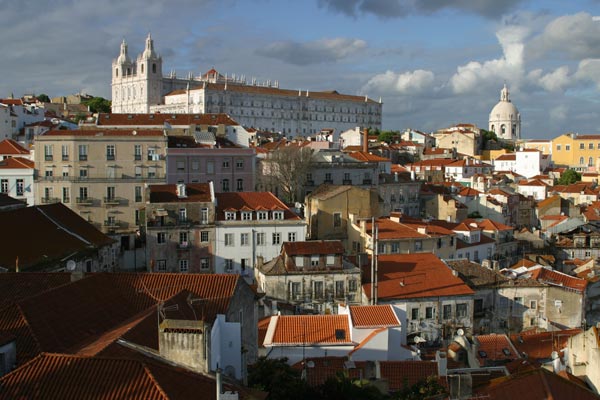
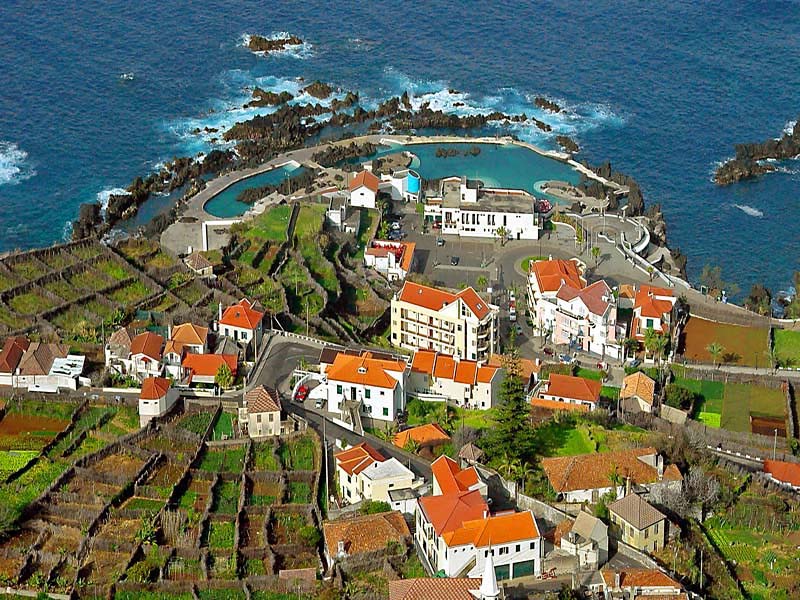


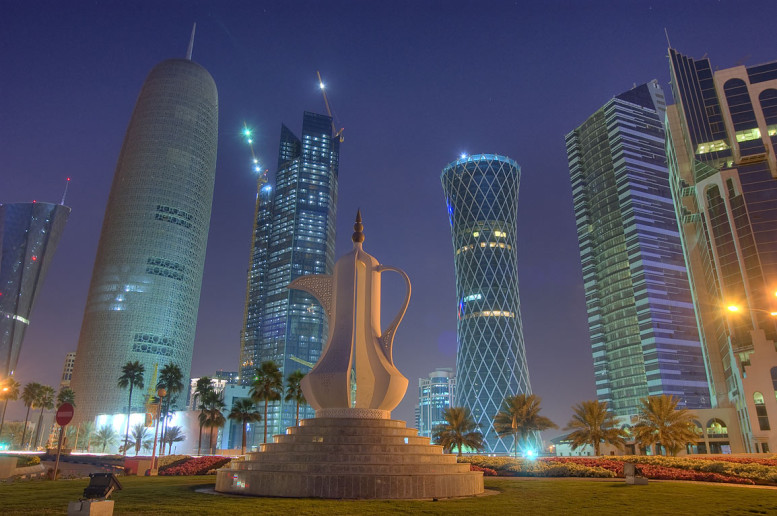
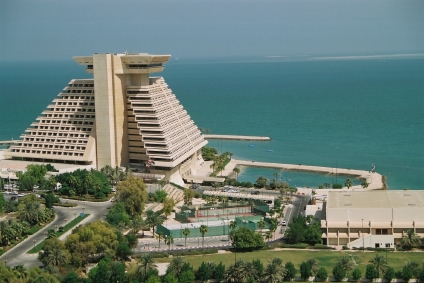
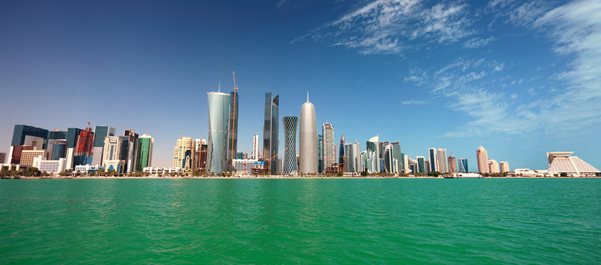

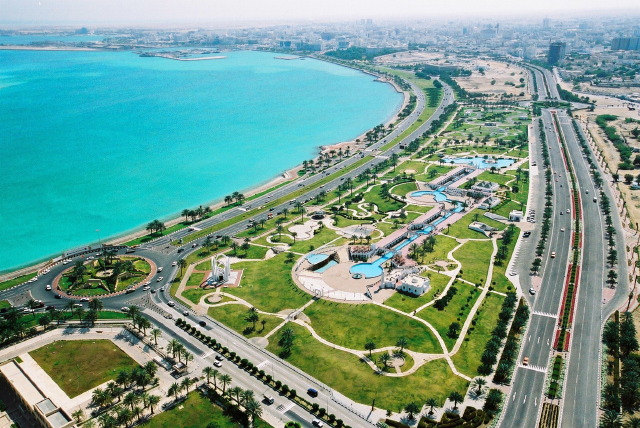
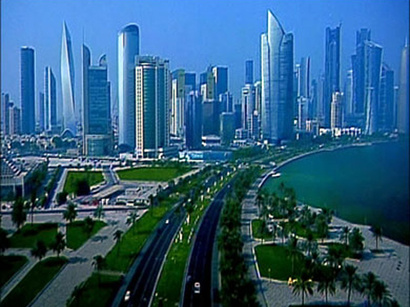


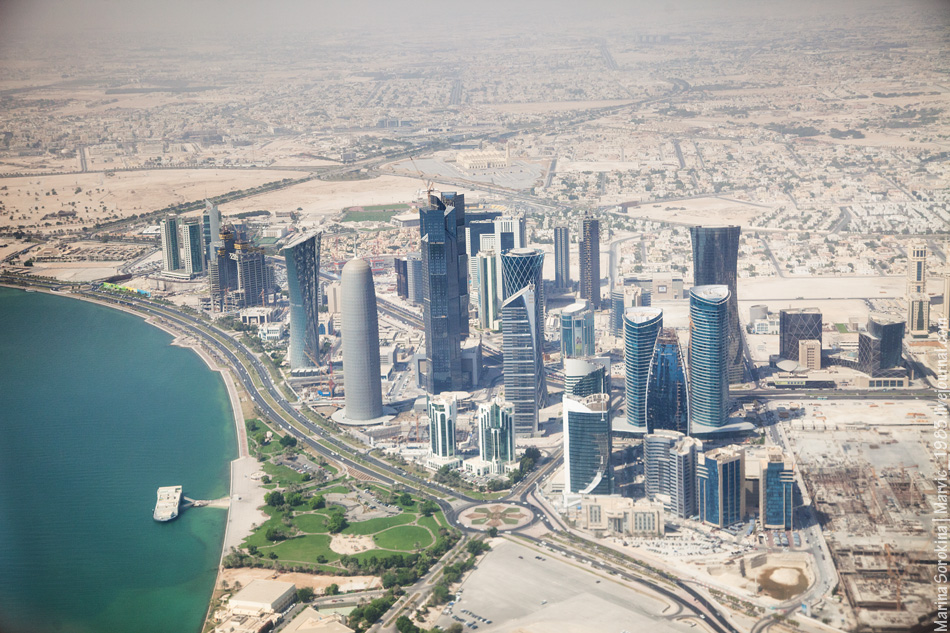
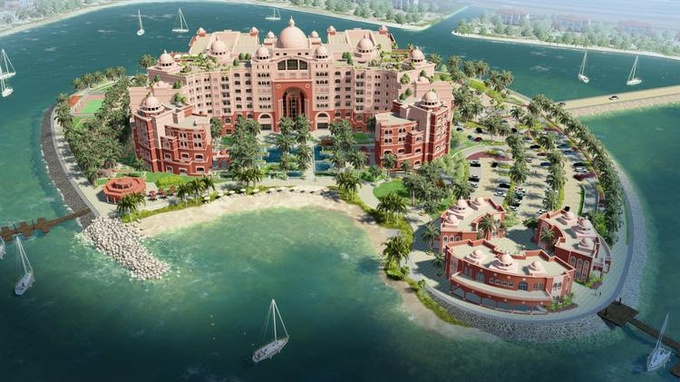
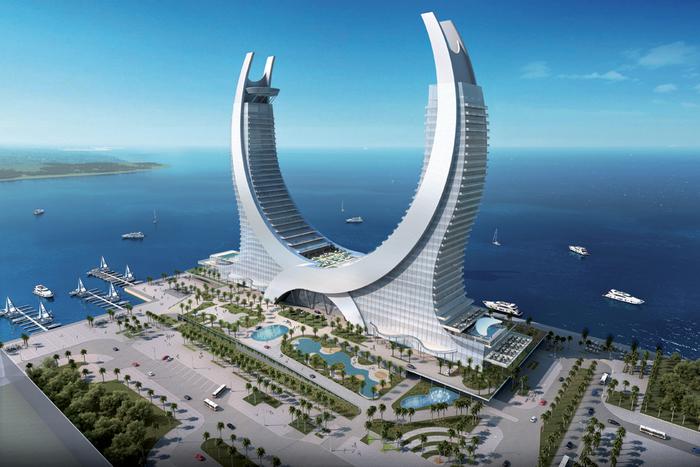
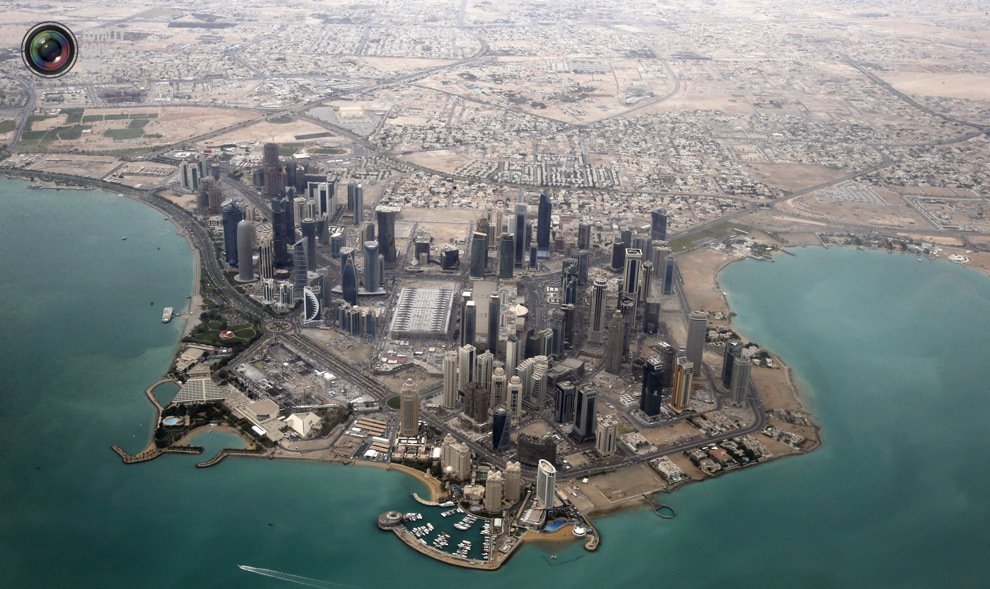
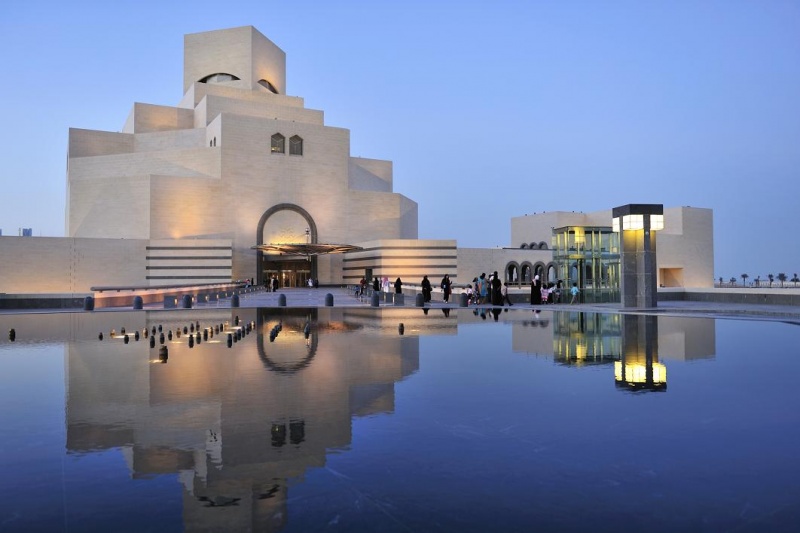

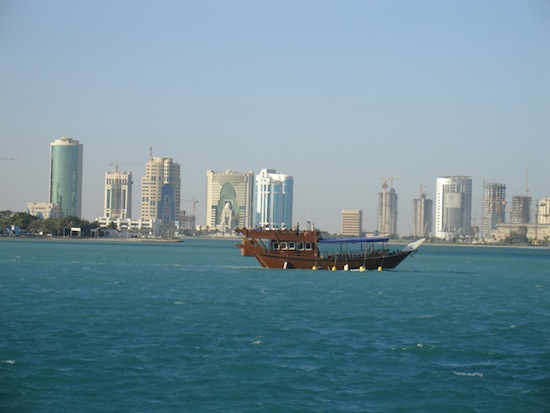
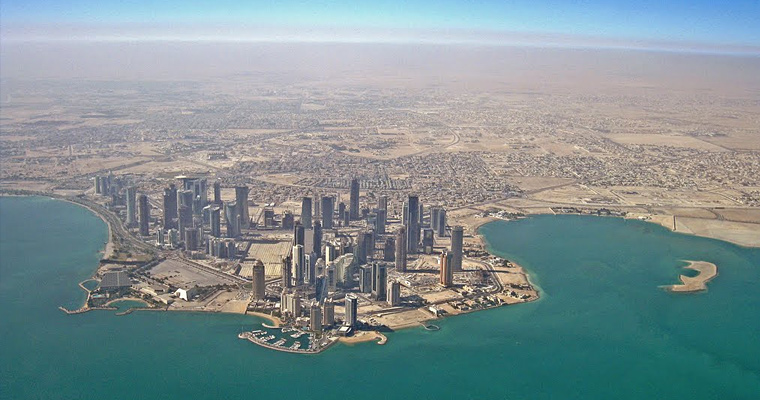
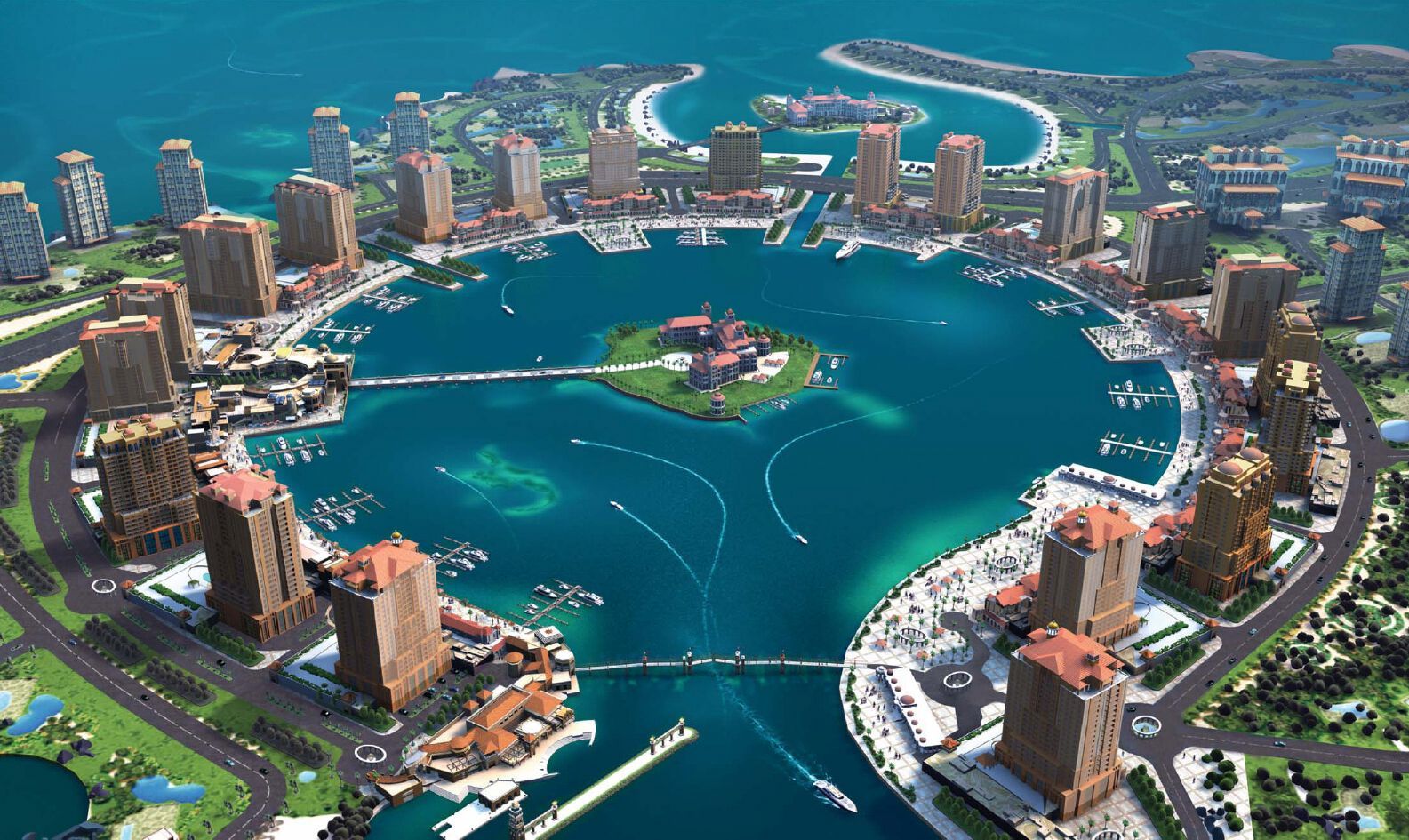
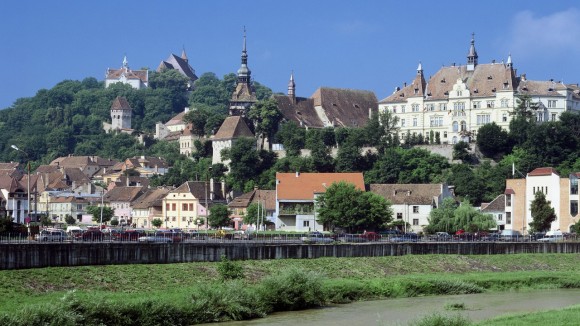
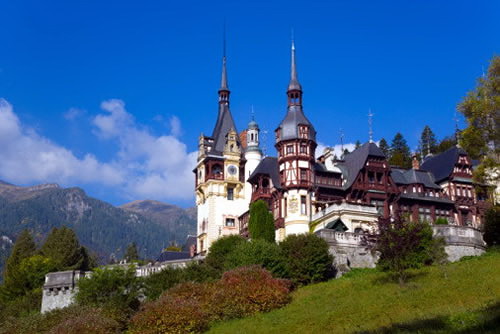
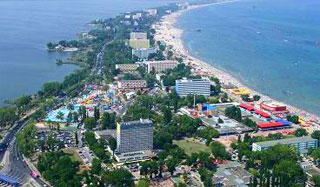
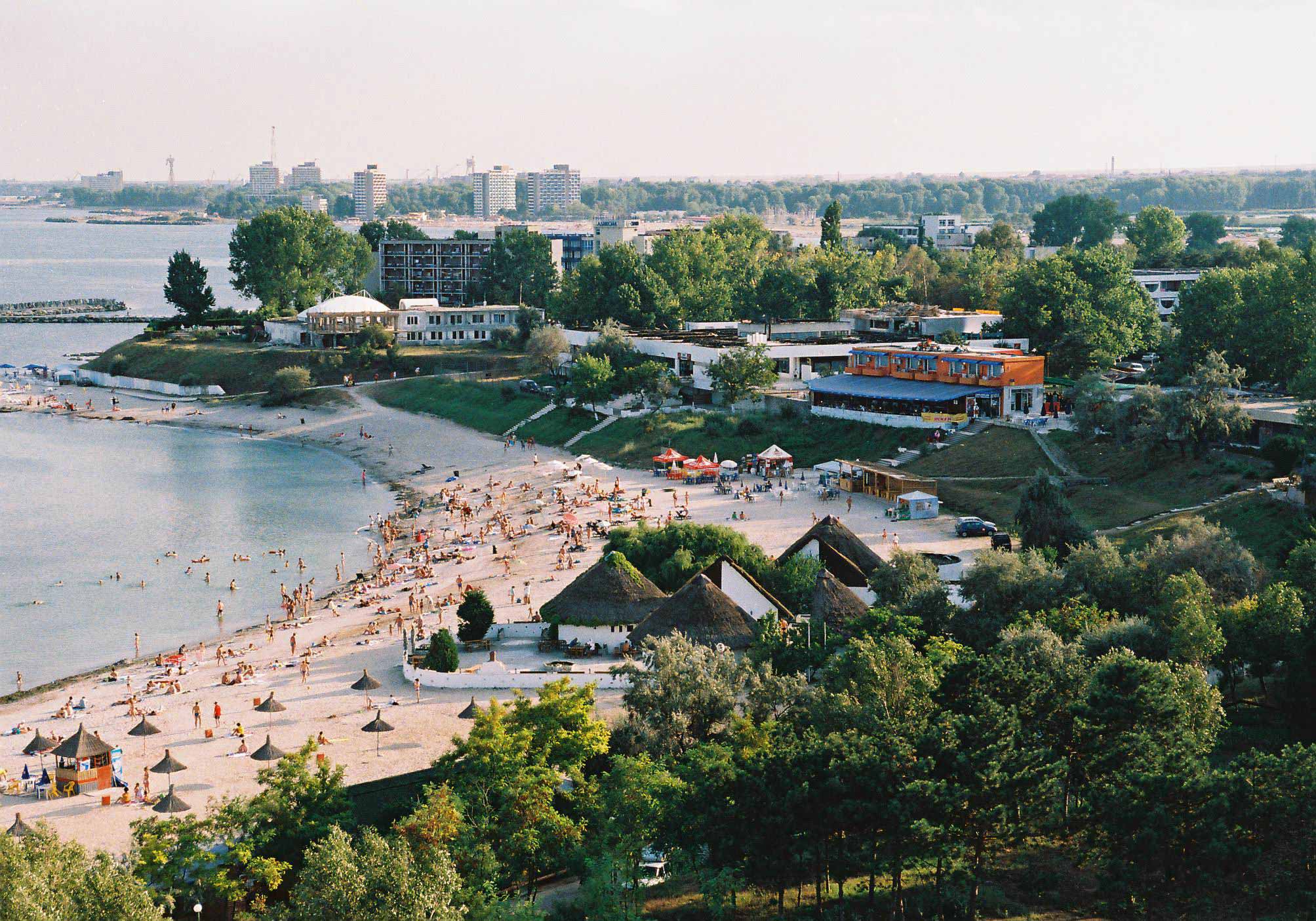
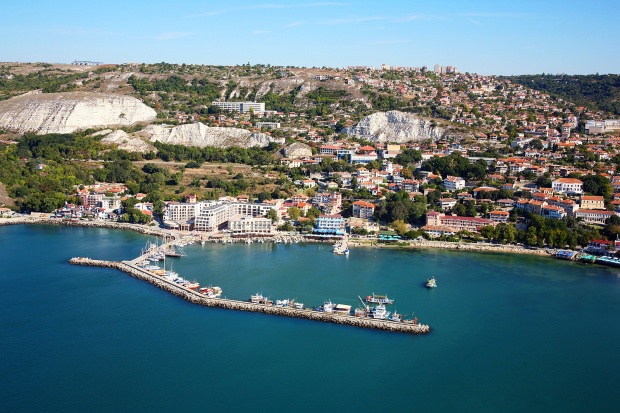
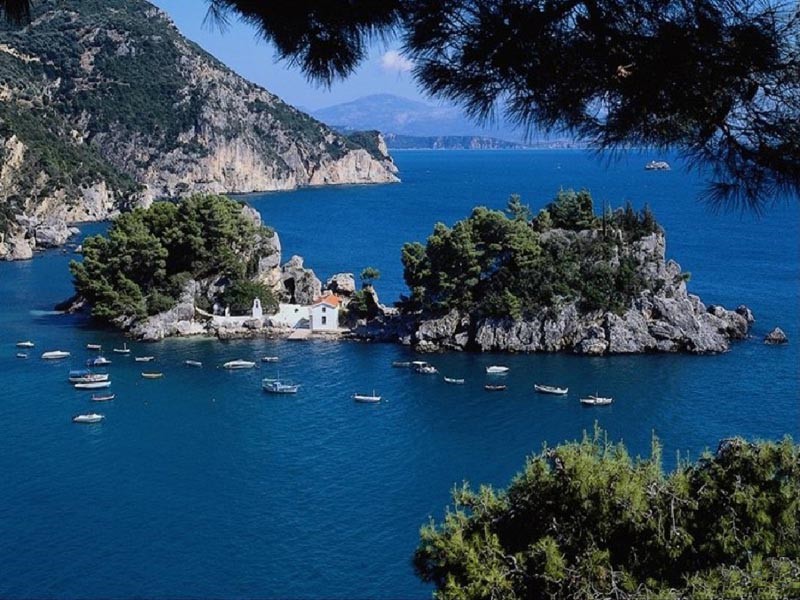
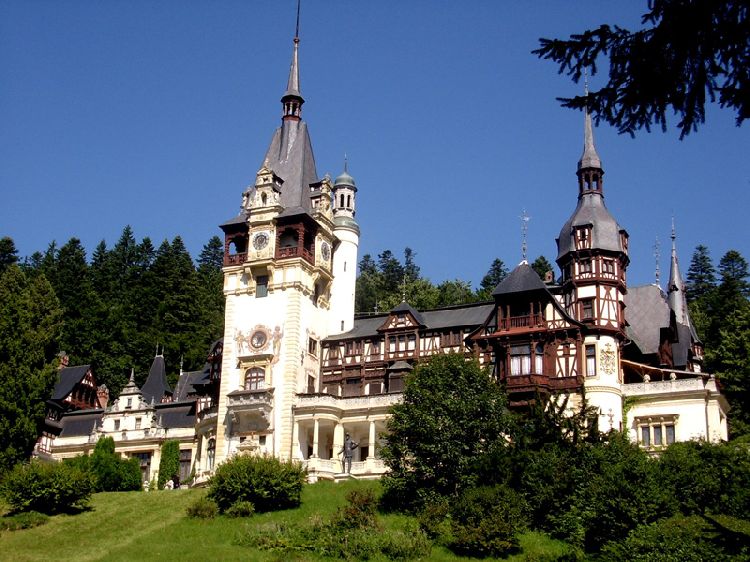
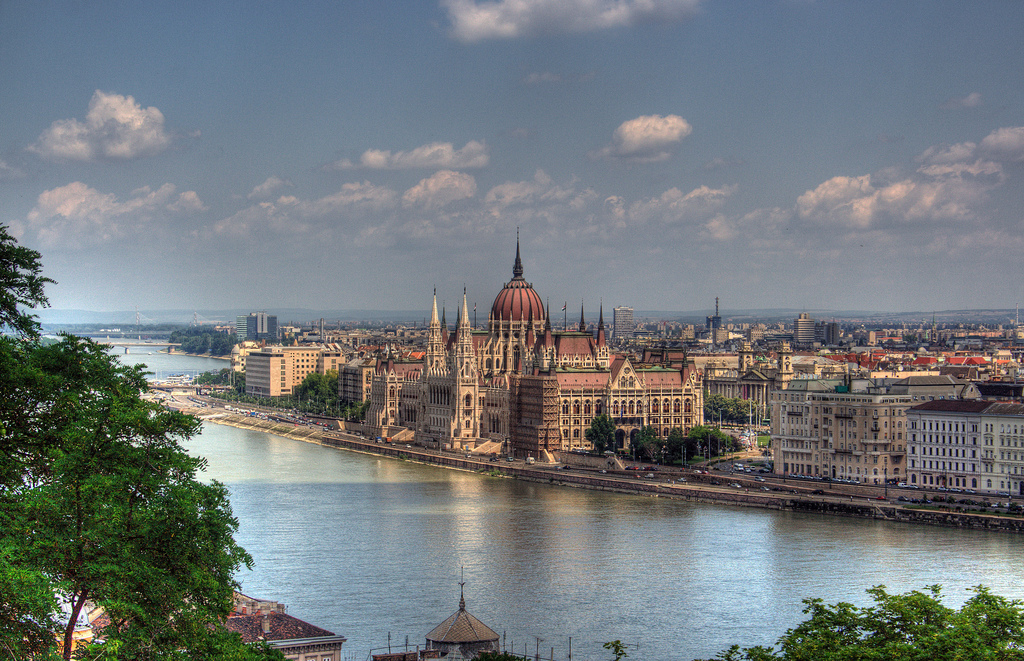
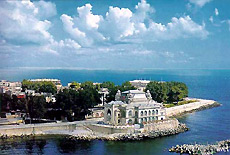
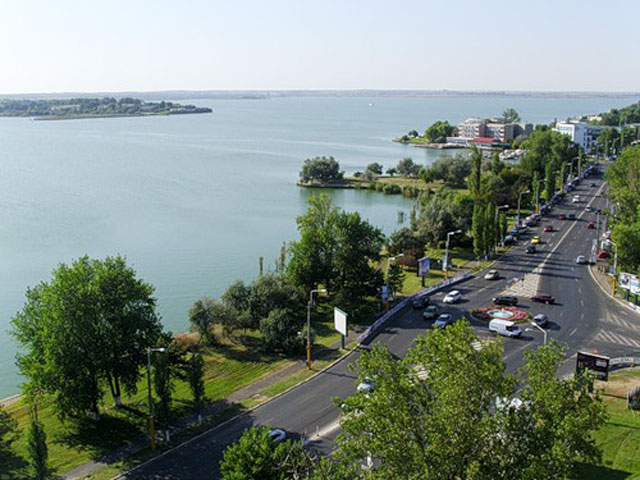
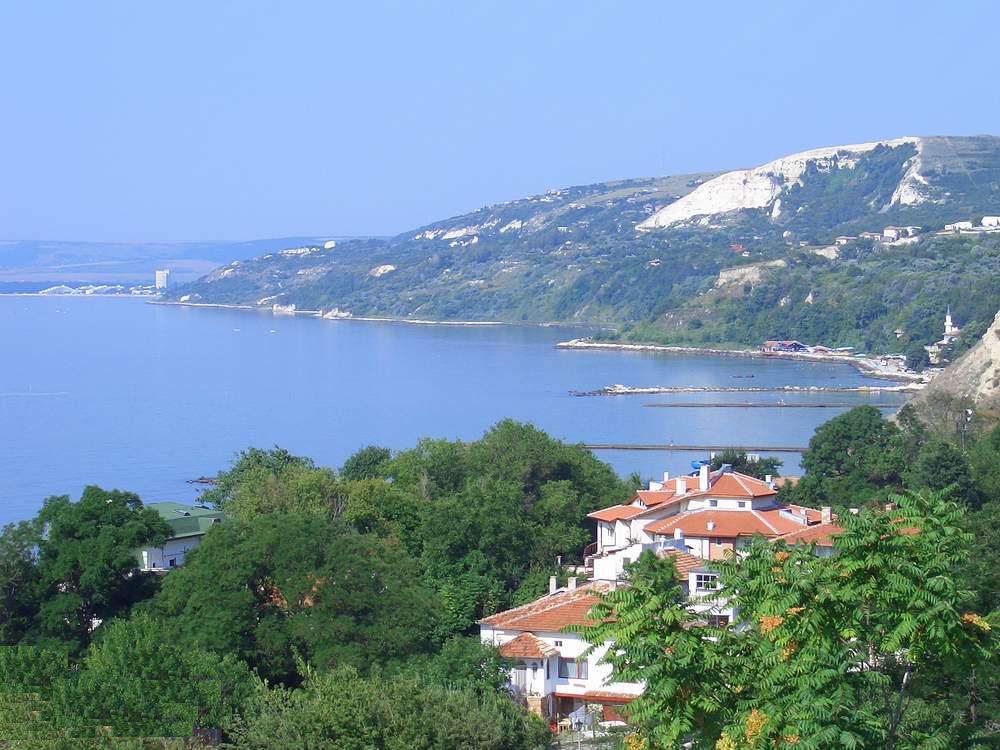


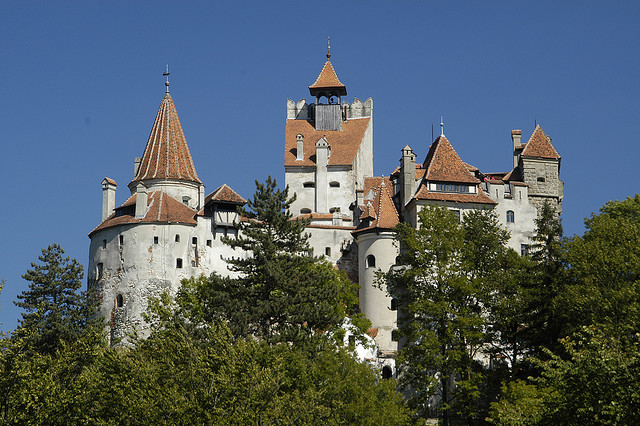

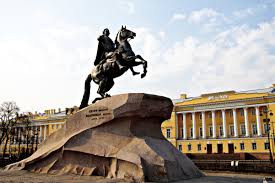
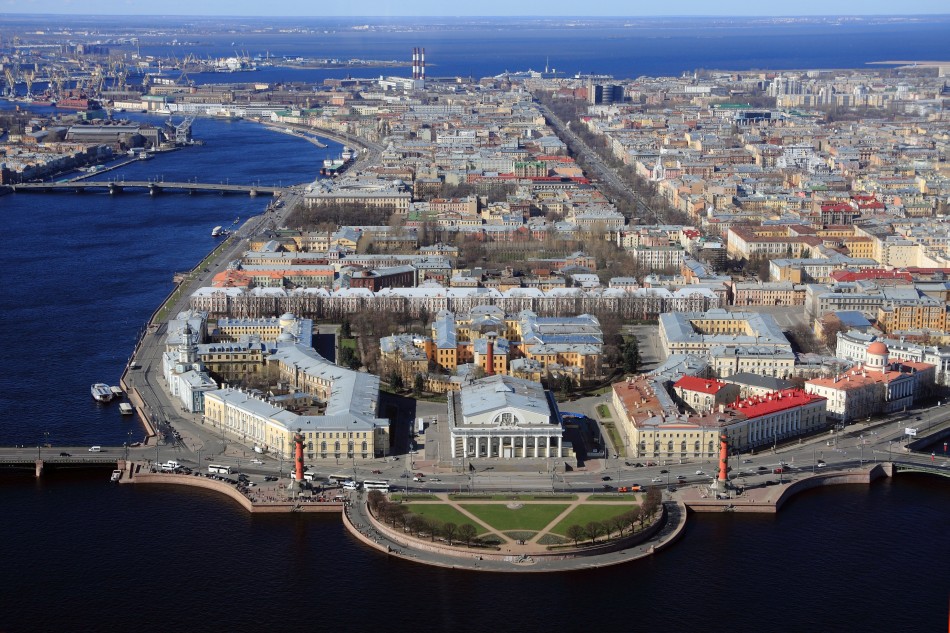
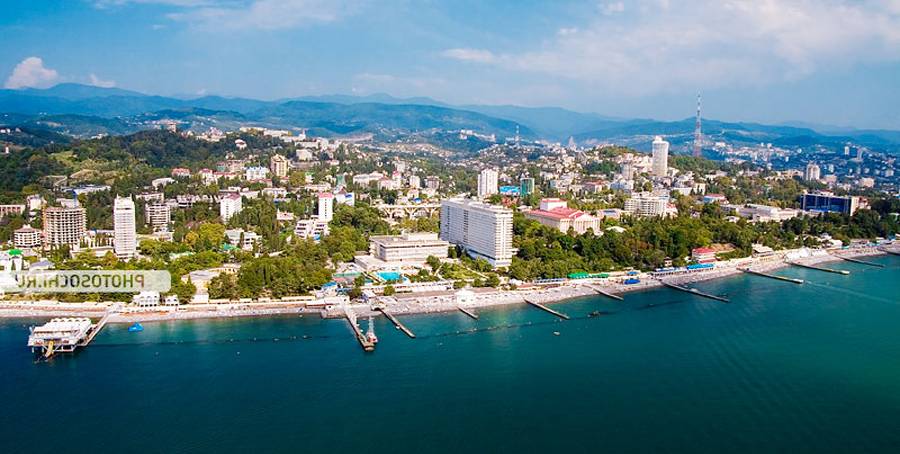
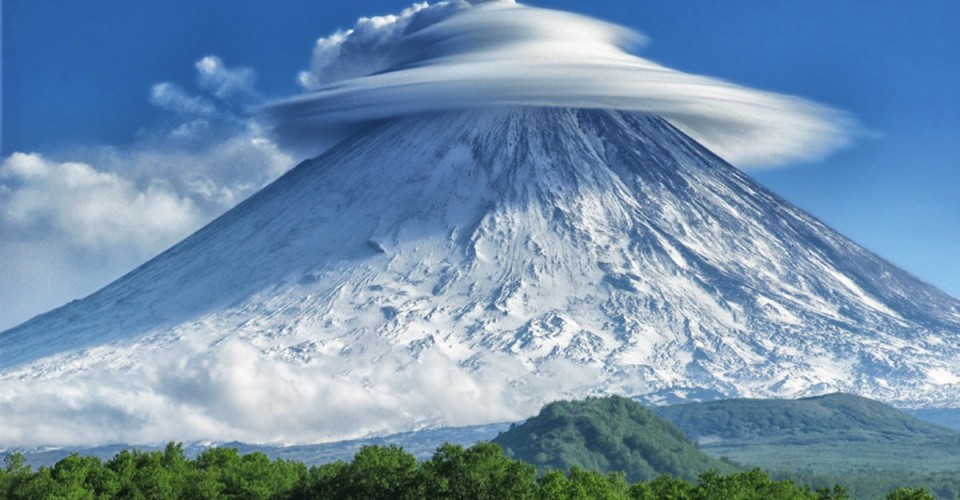
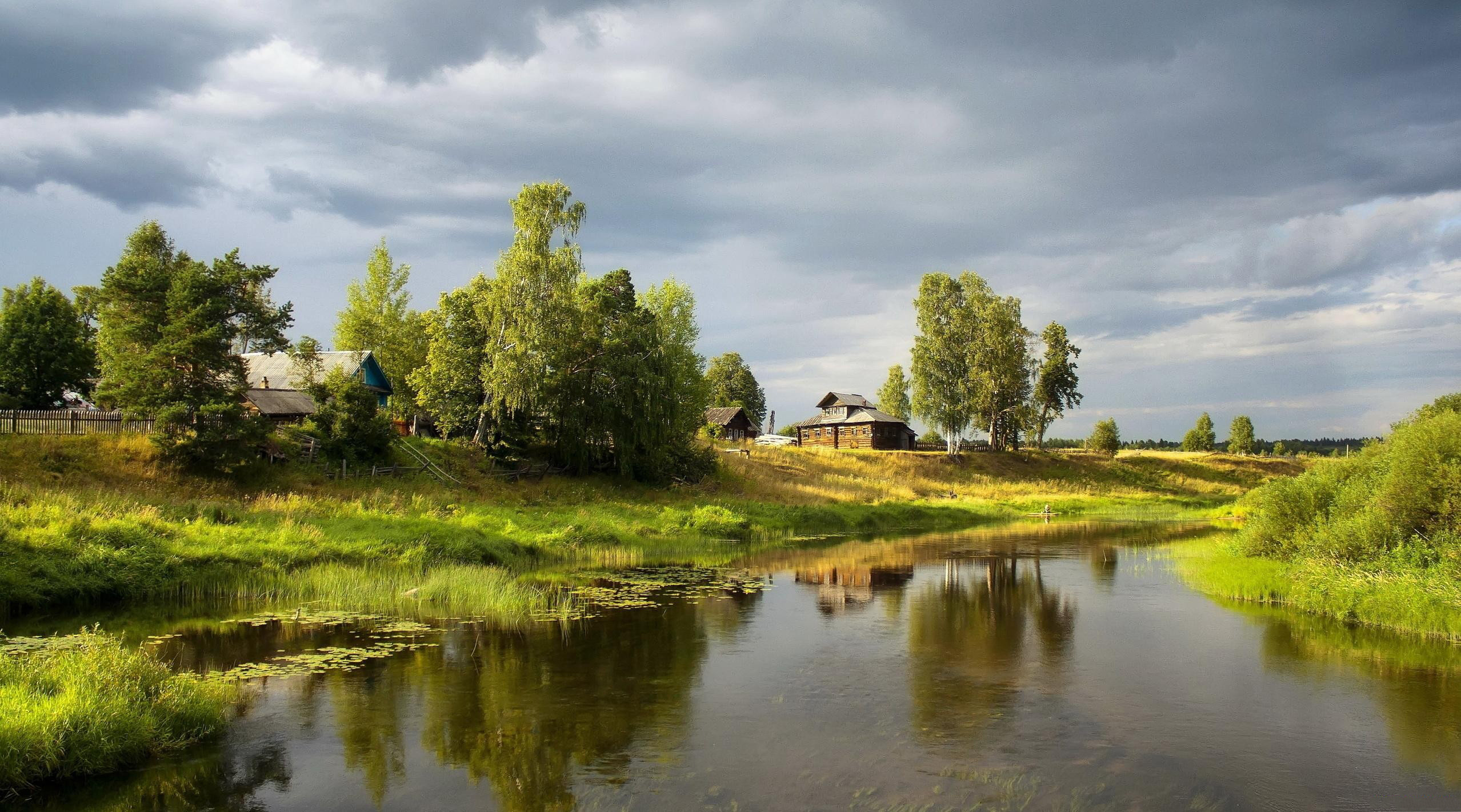

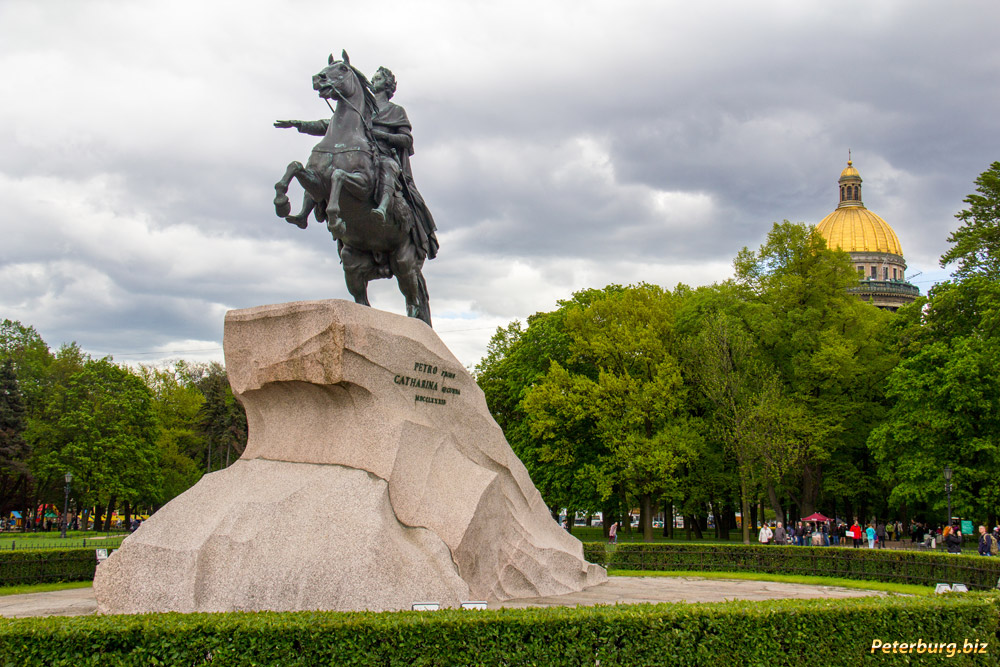

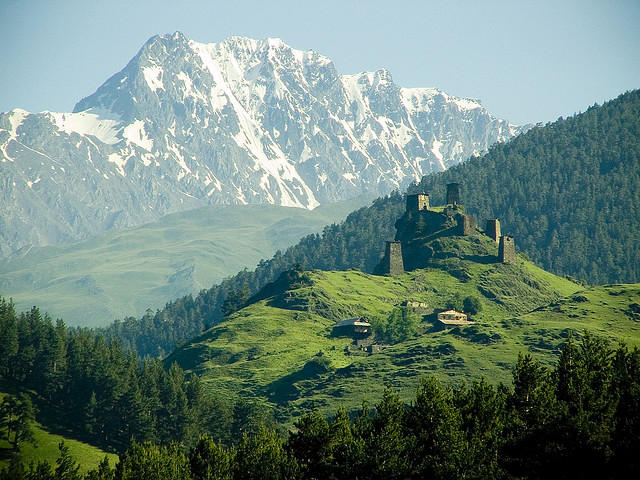
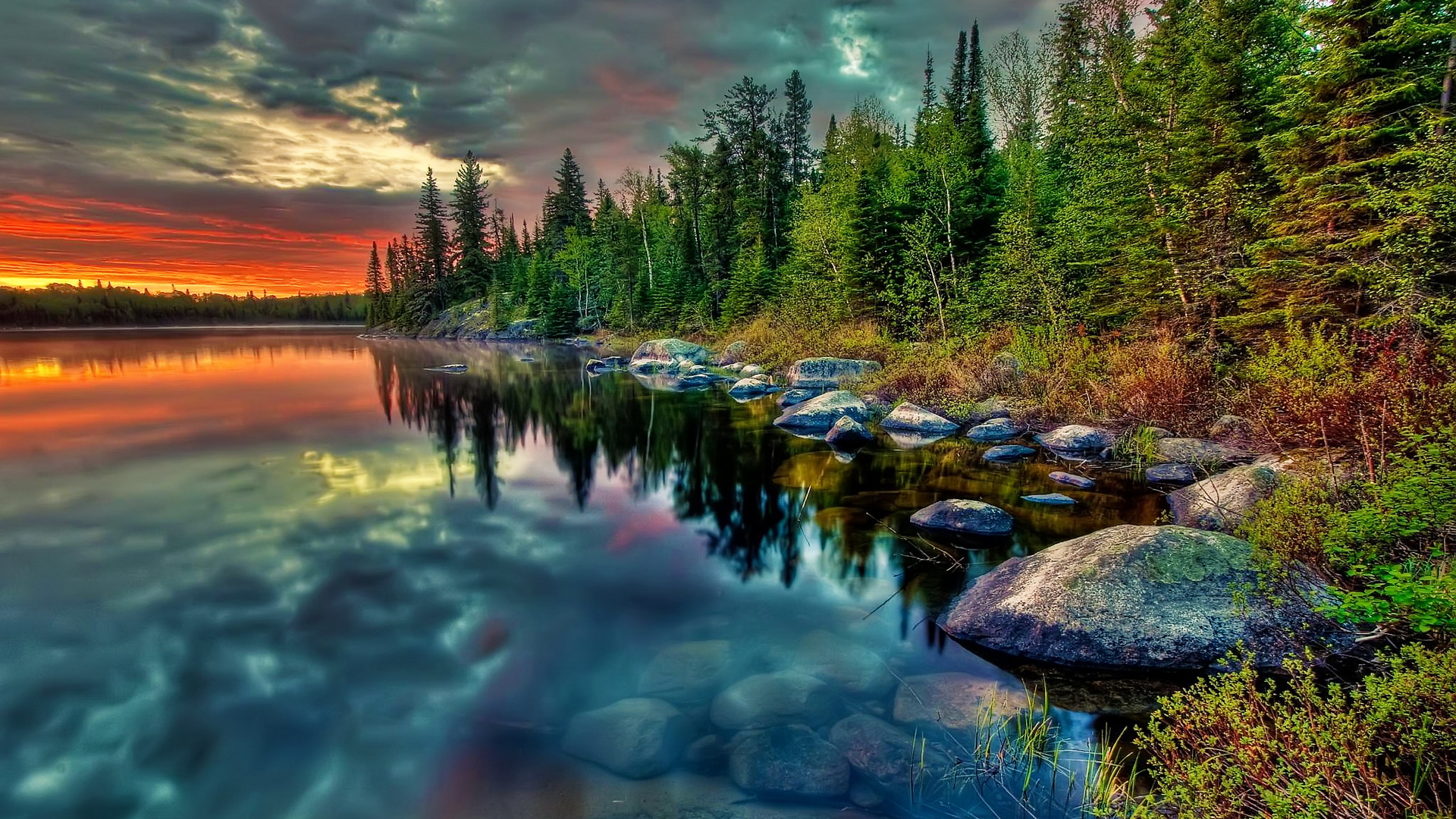
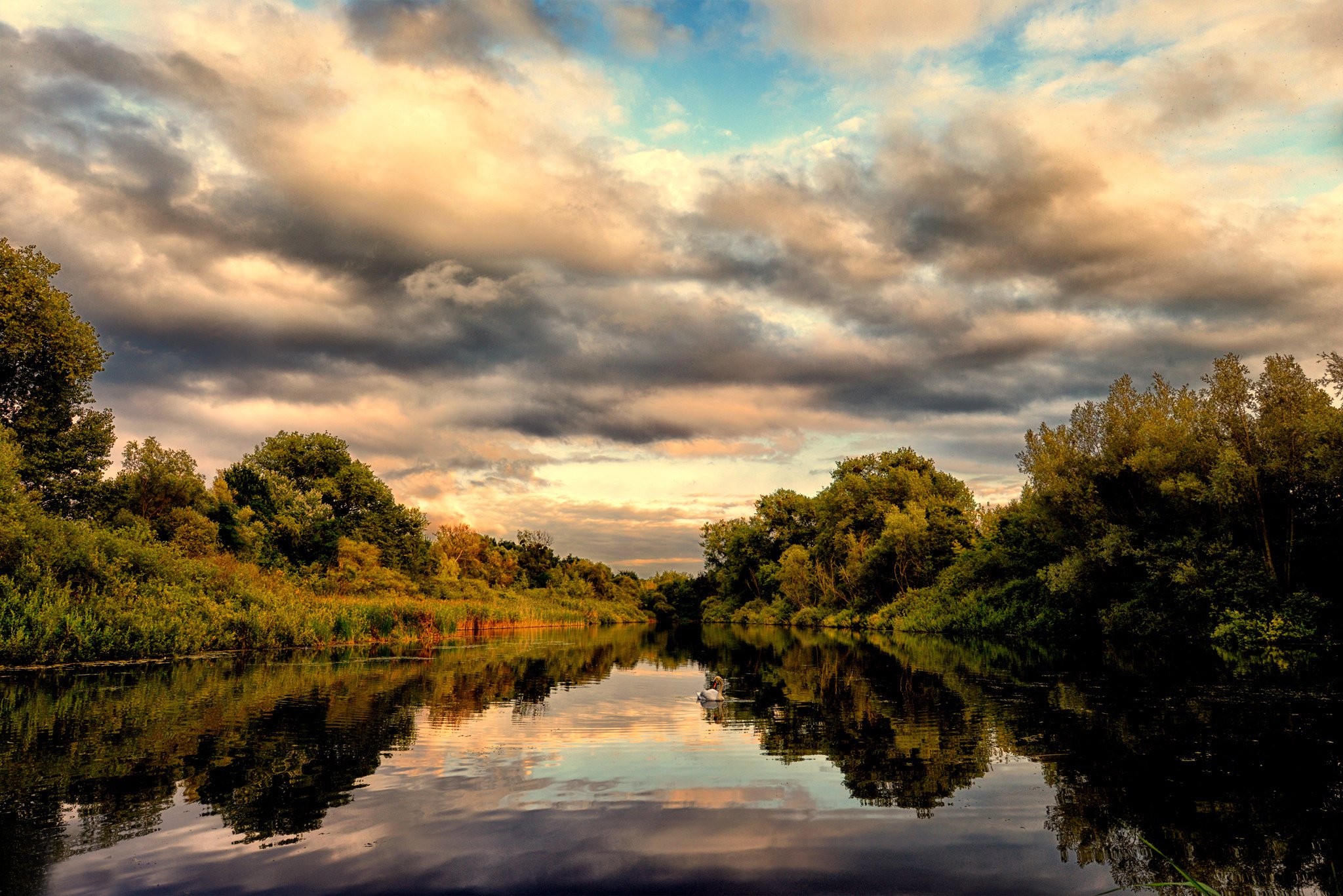

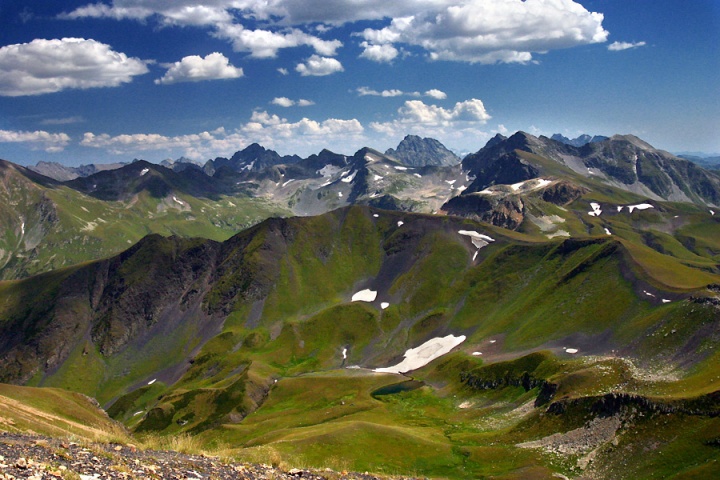
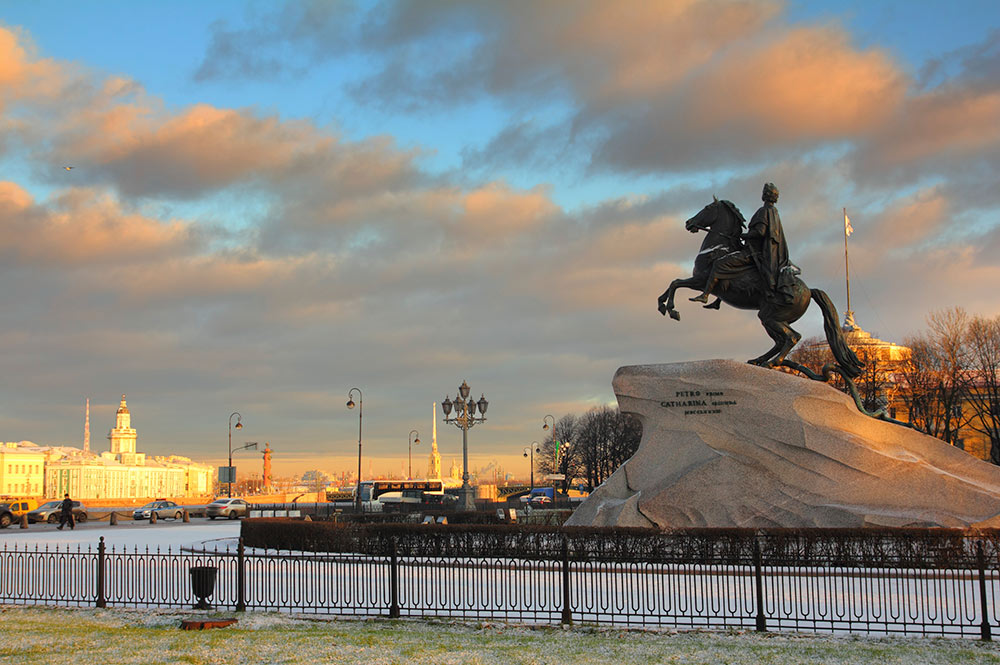
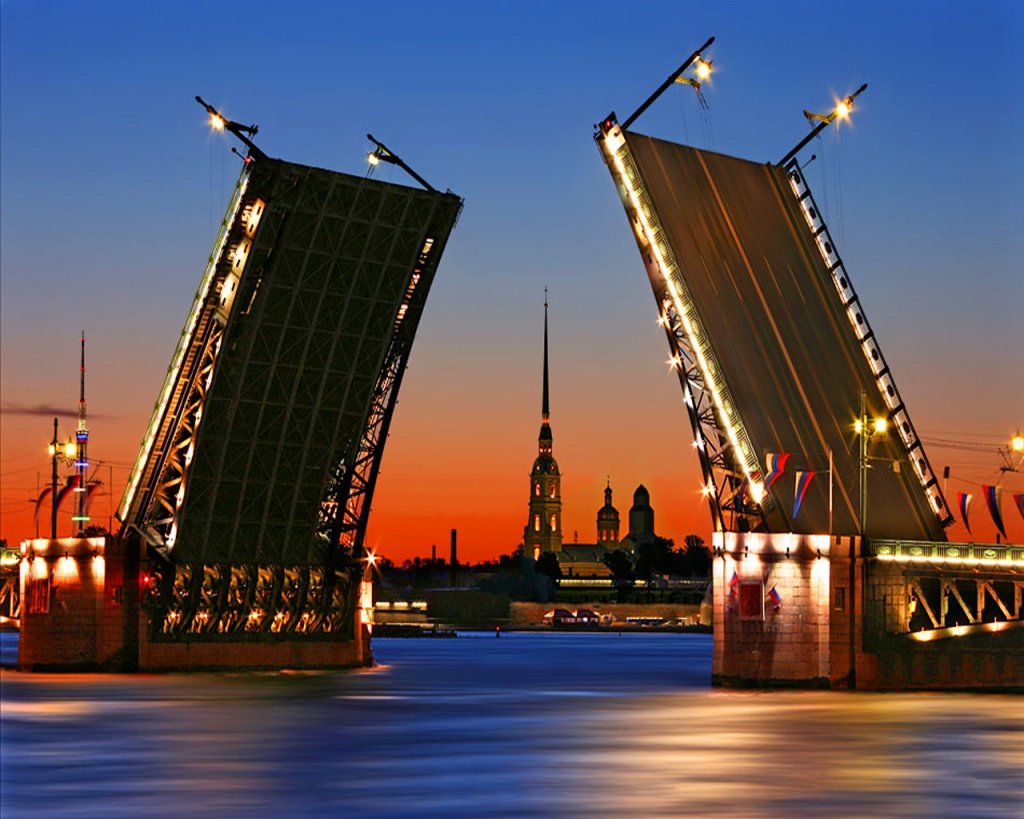


 7.6%
7.6% 6.6%
6.6%























































